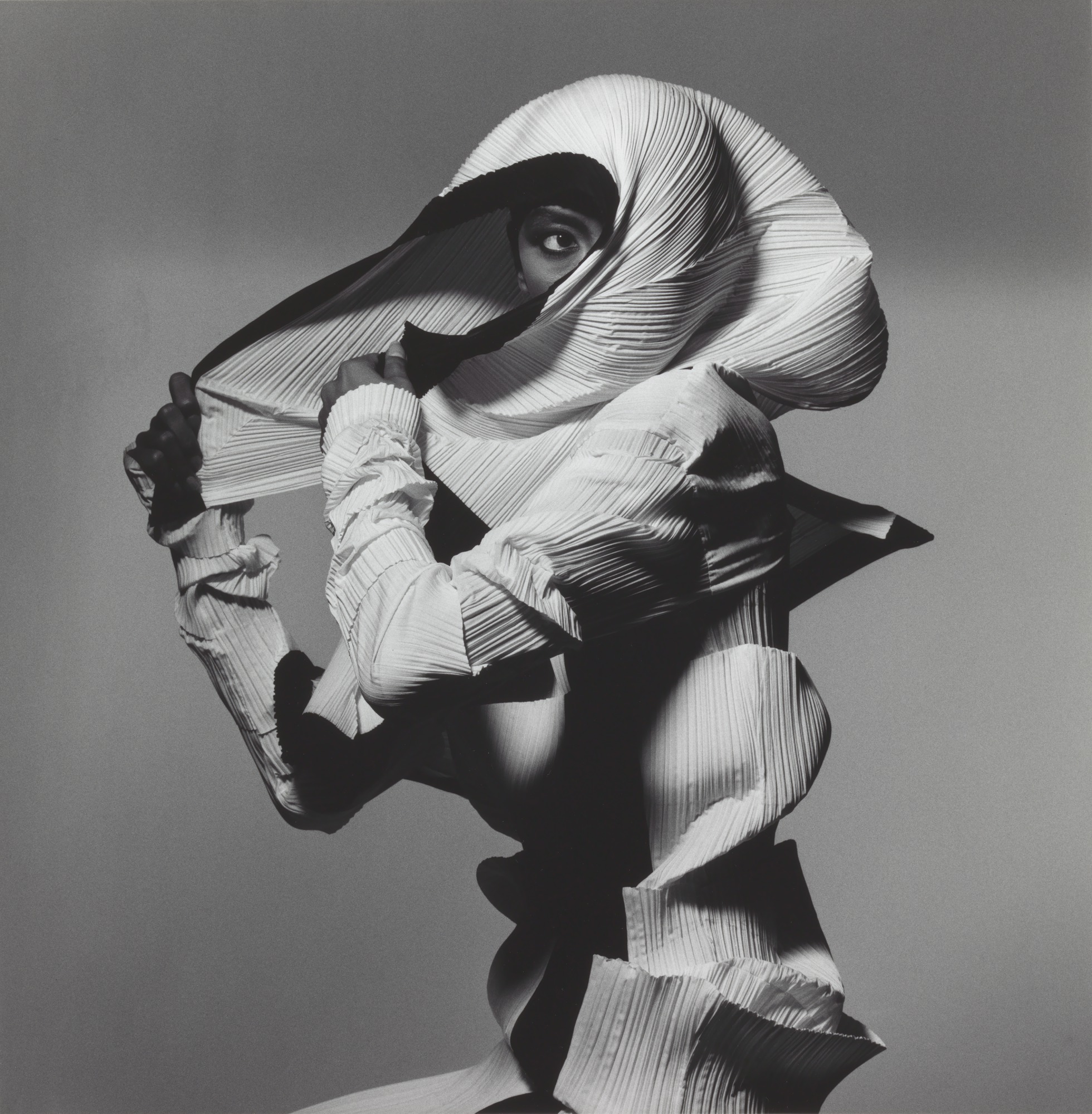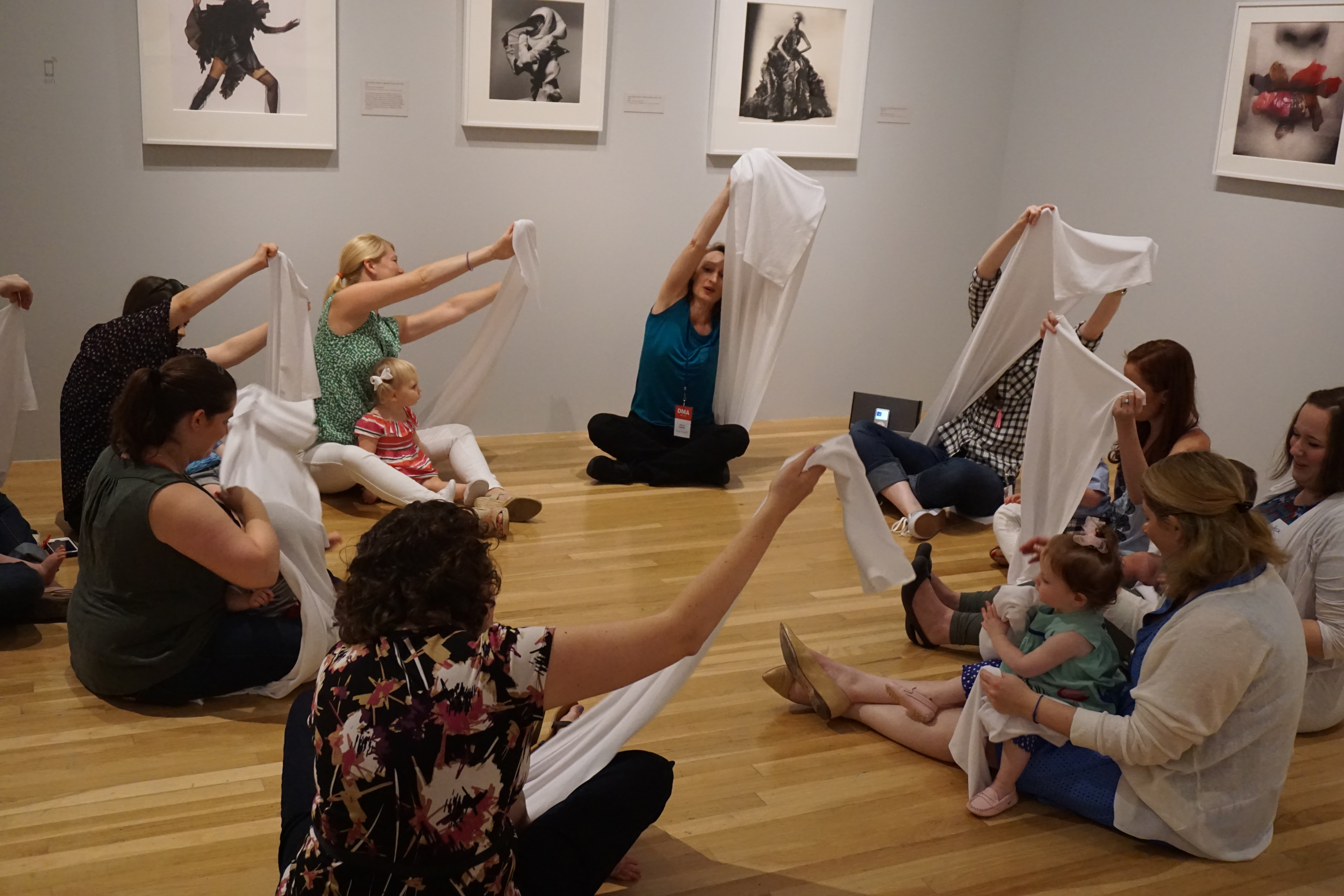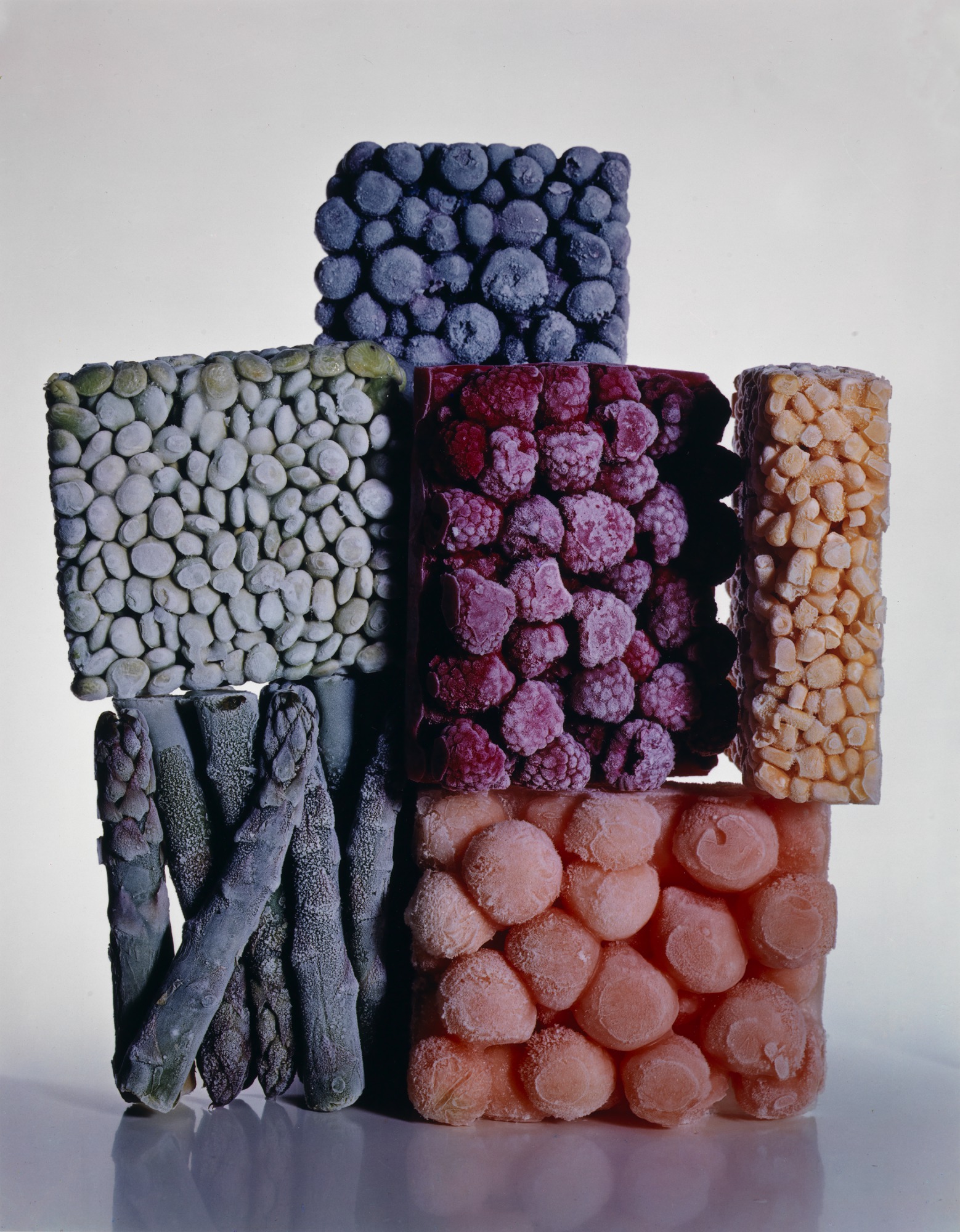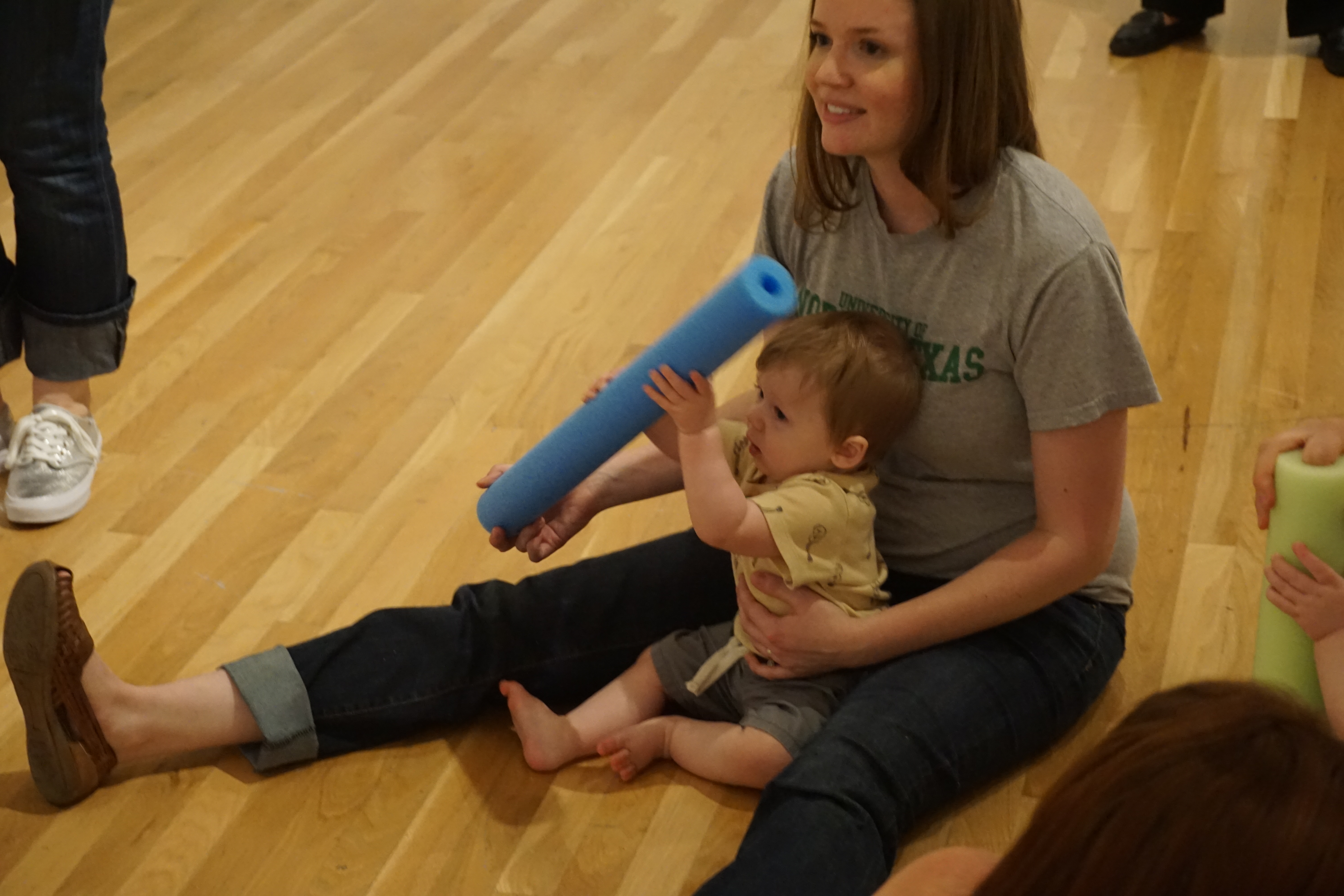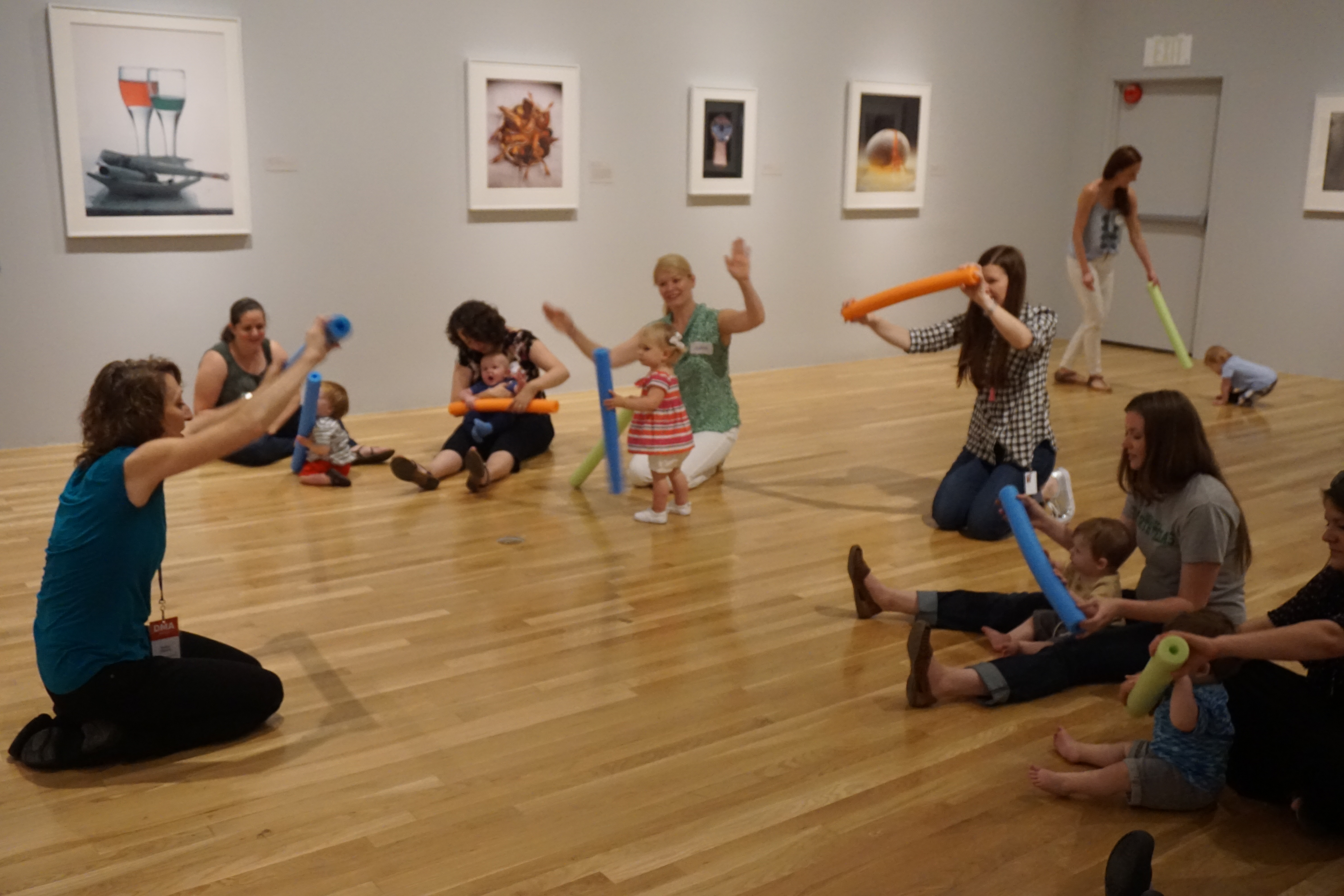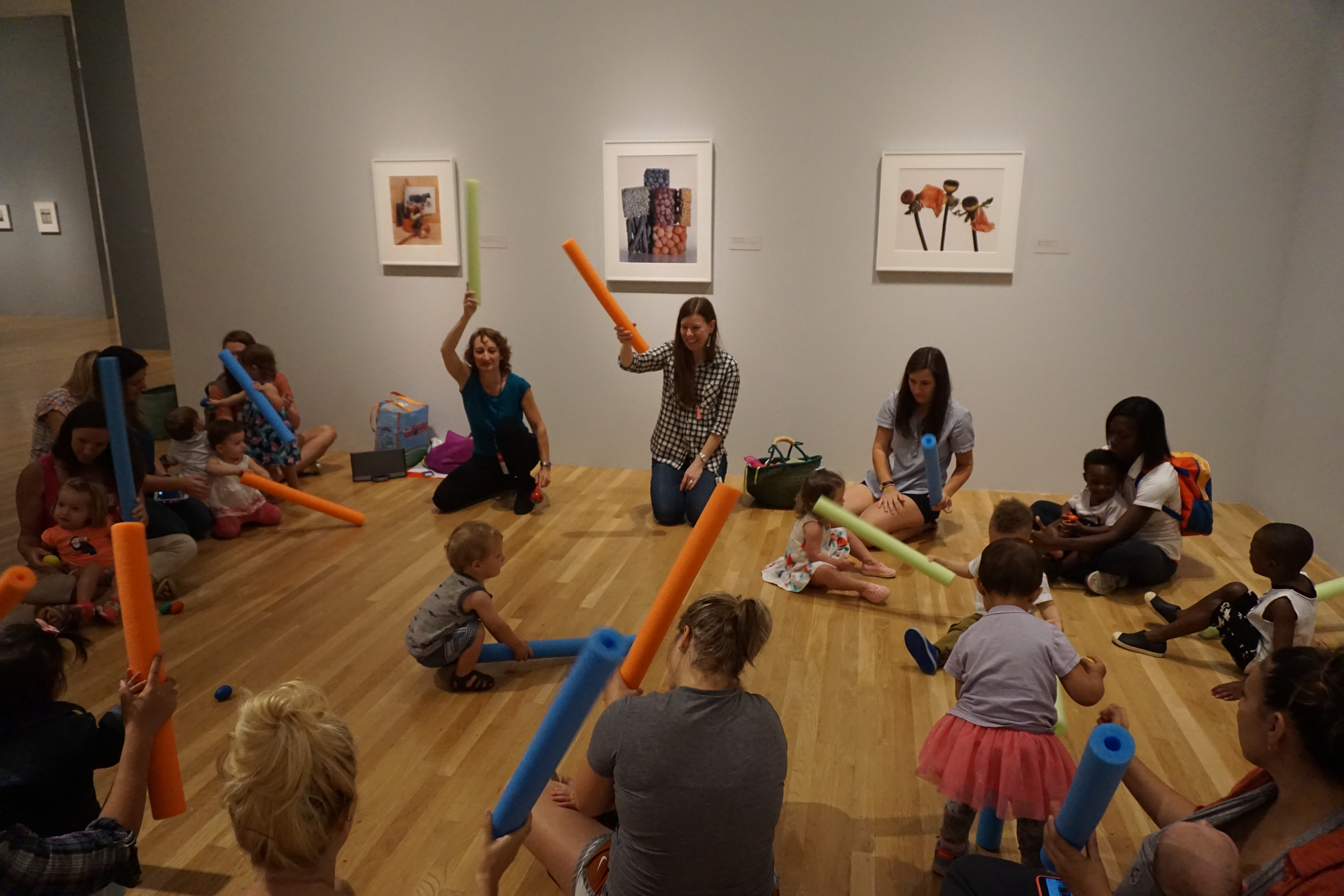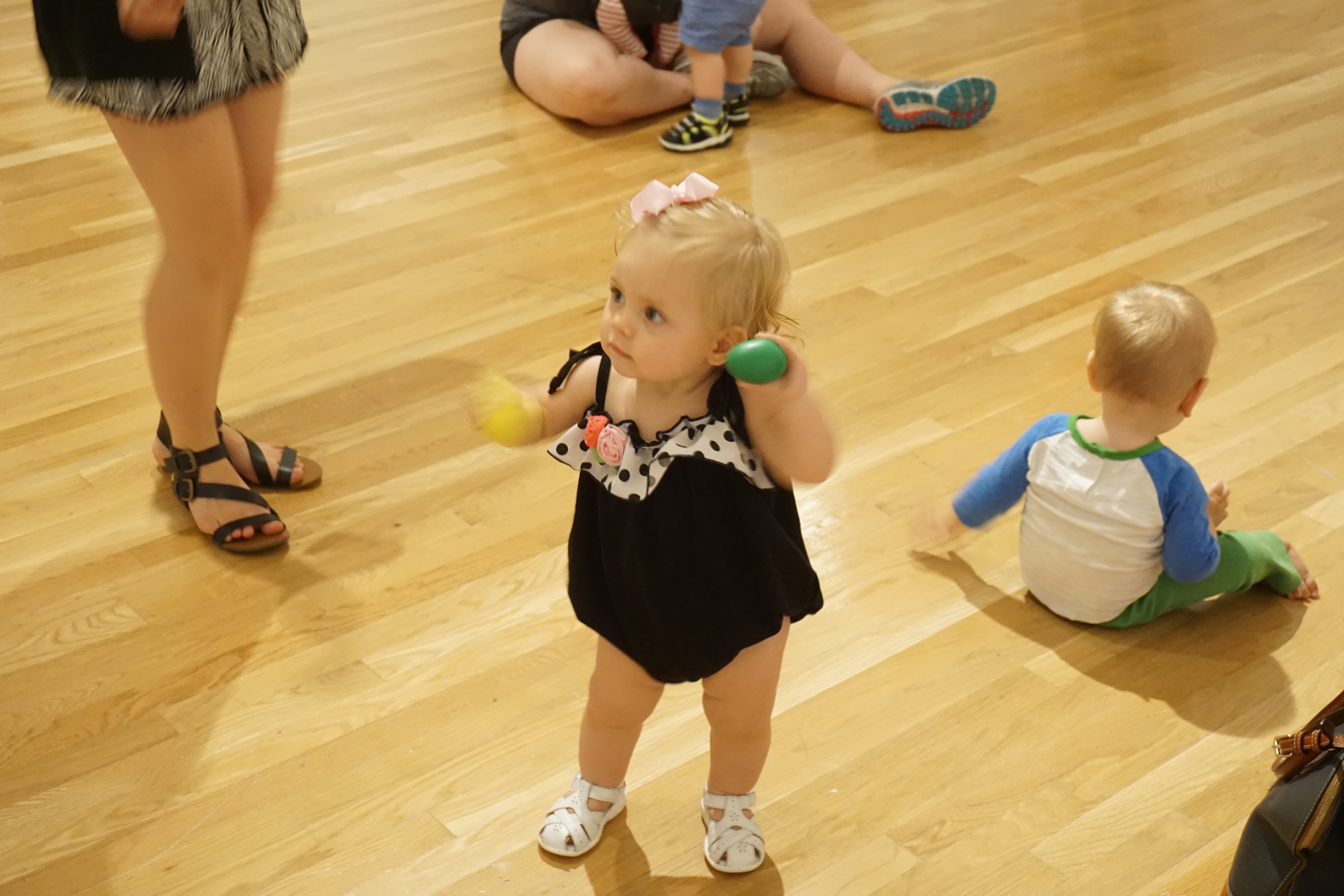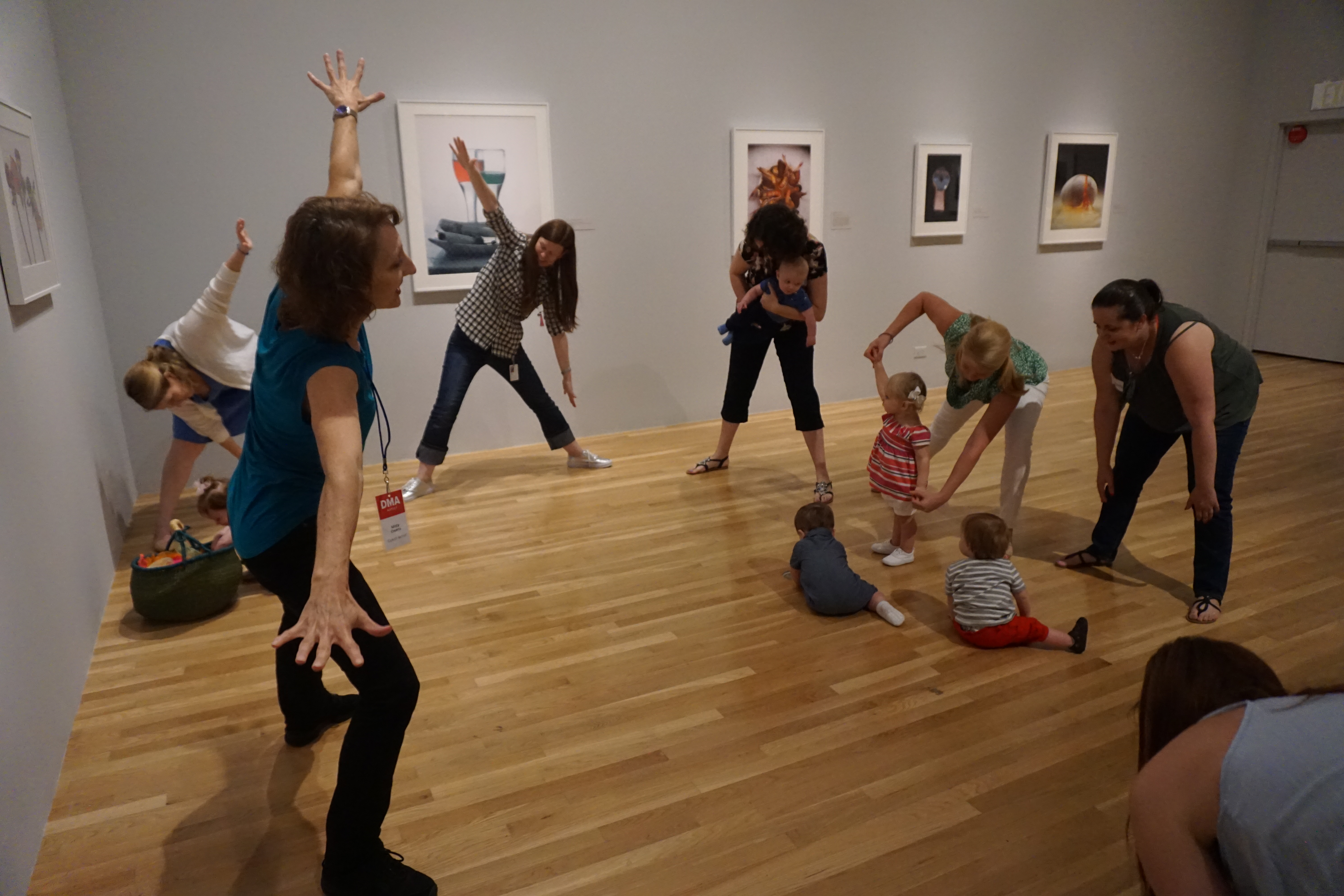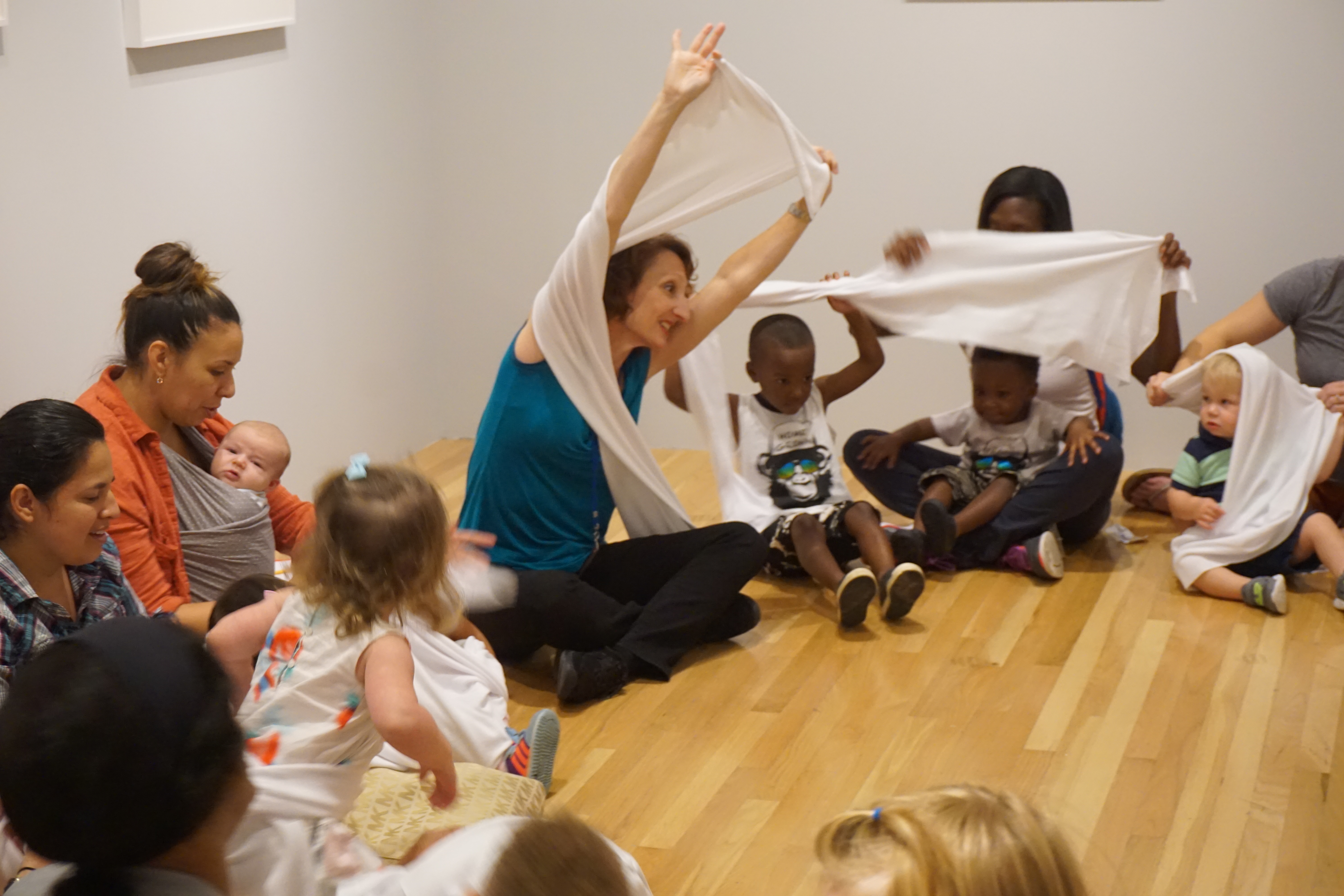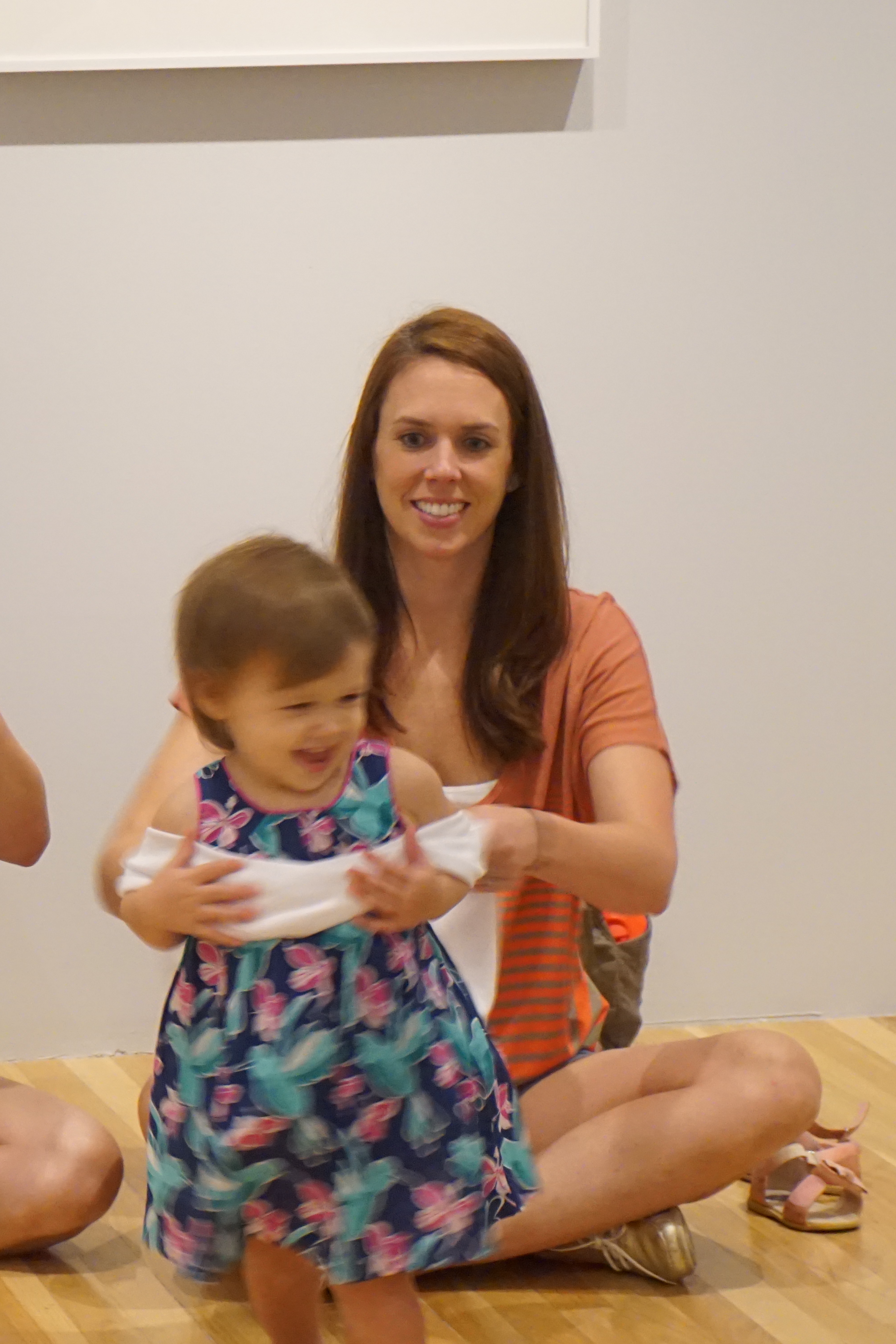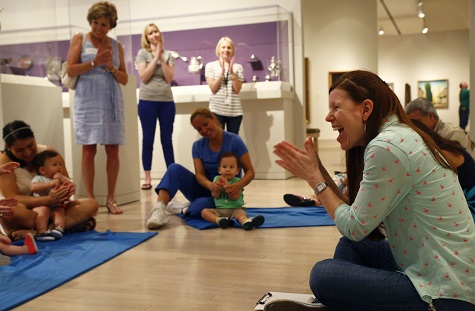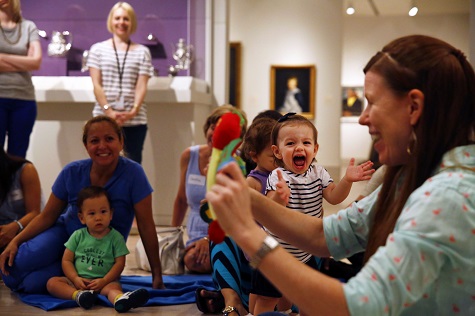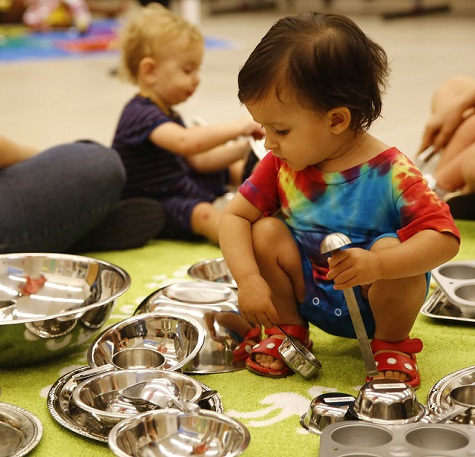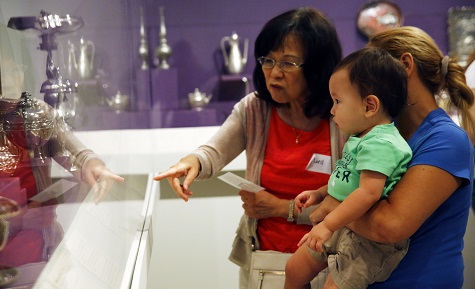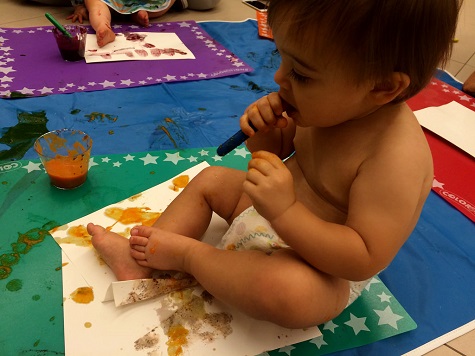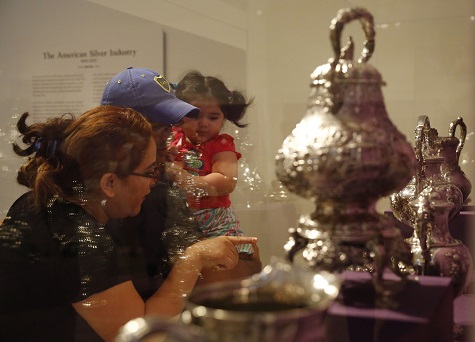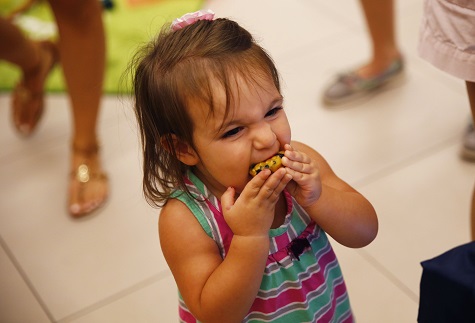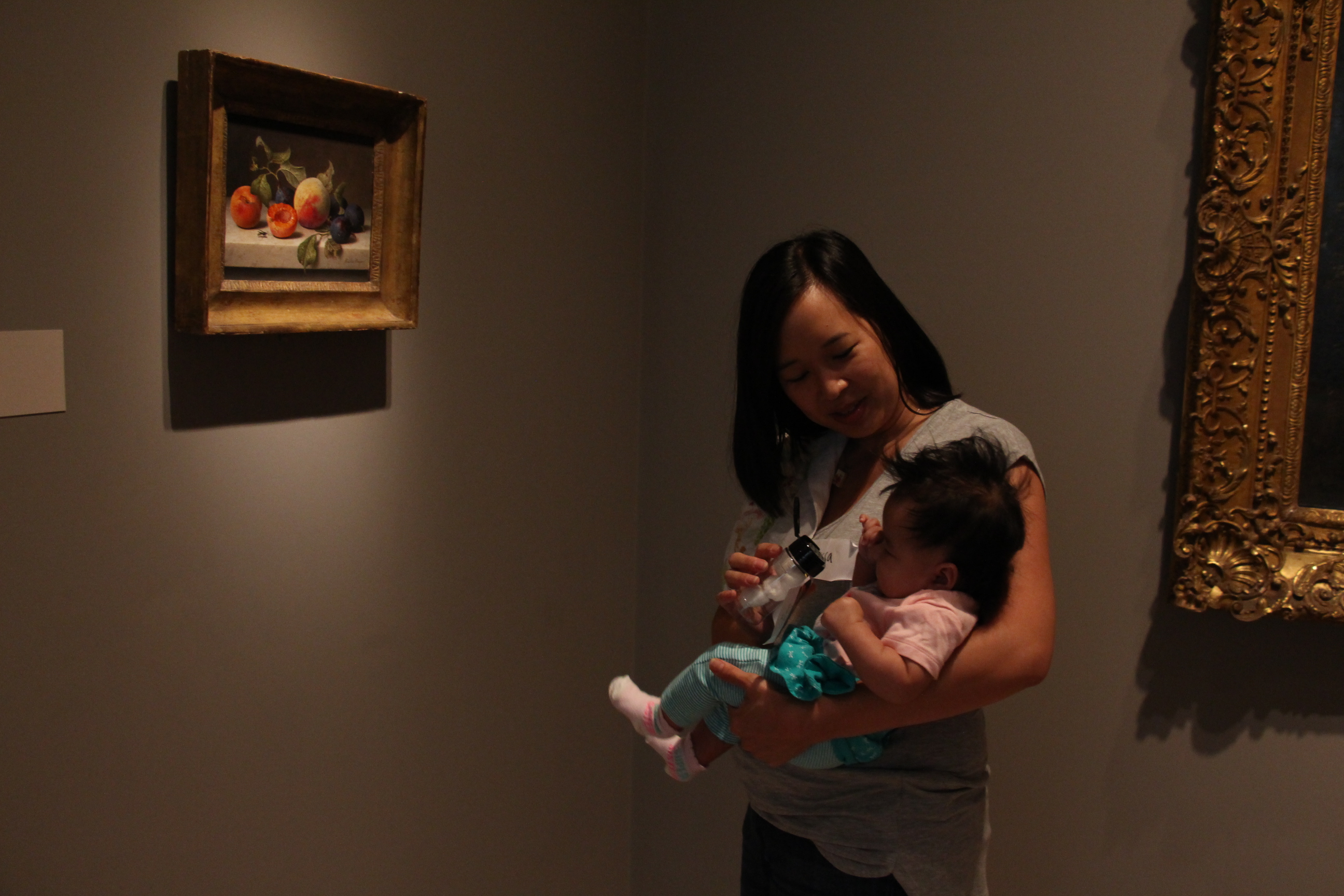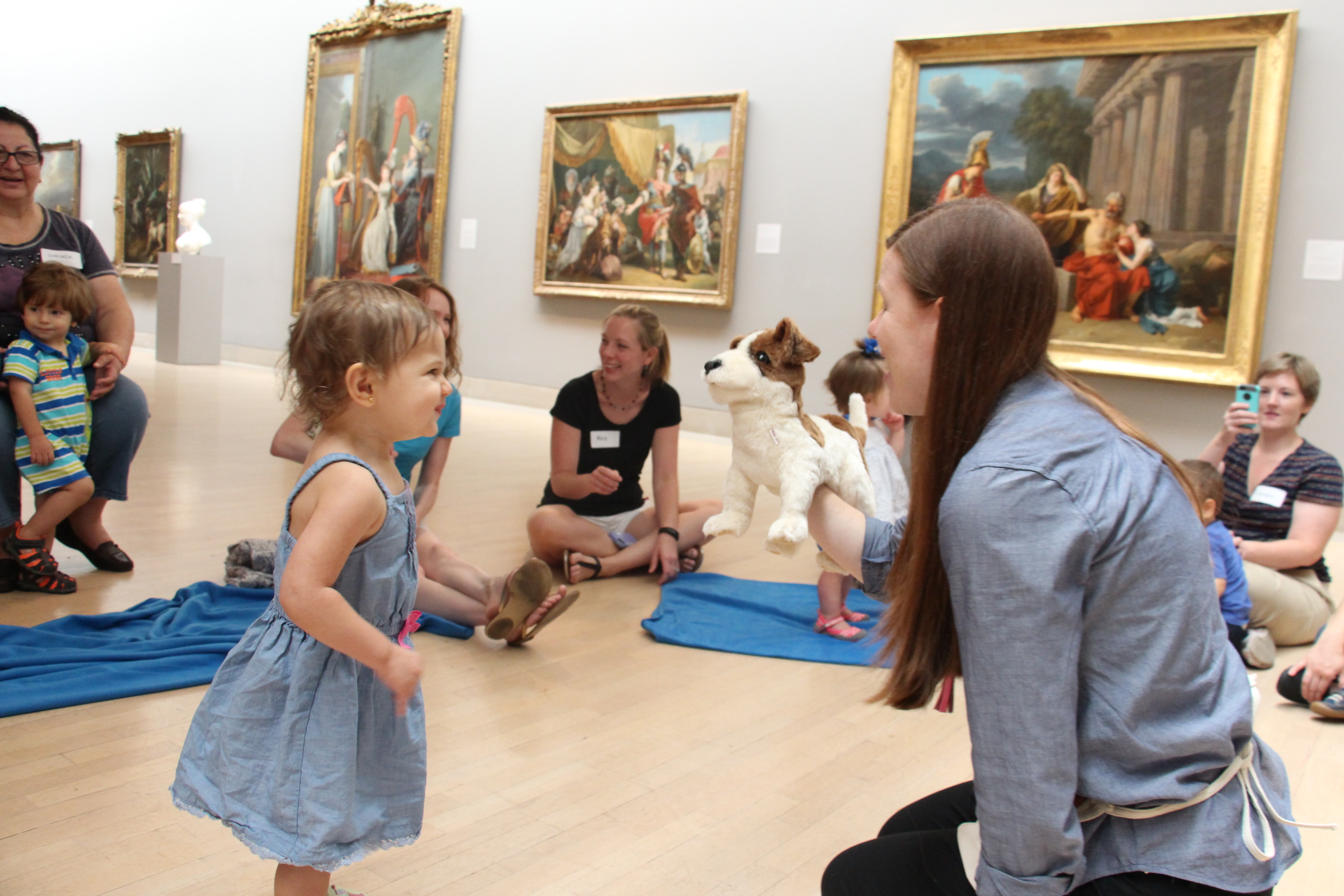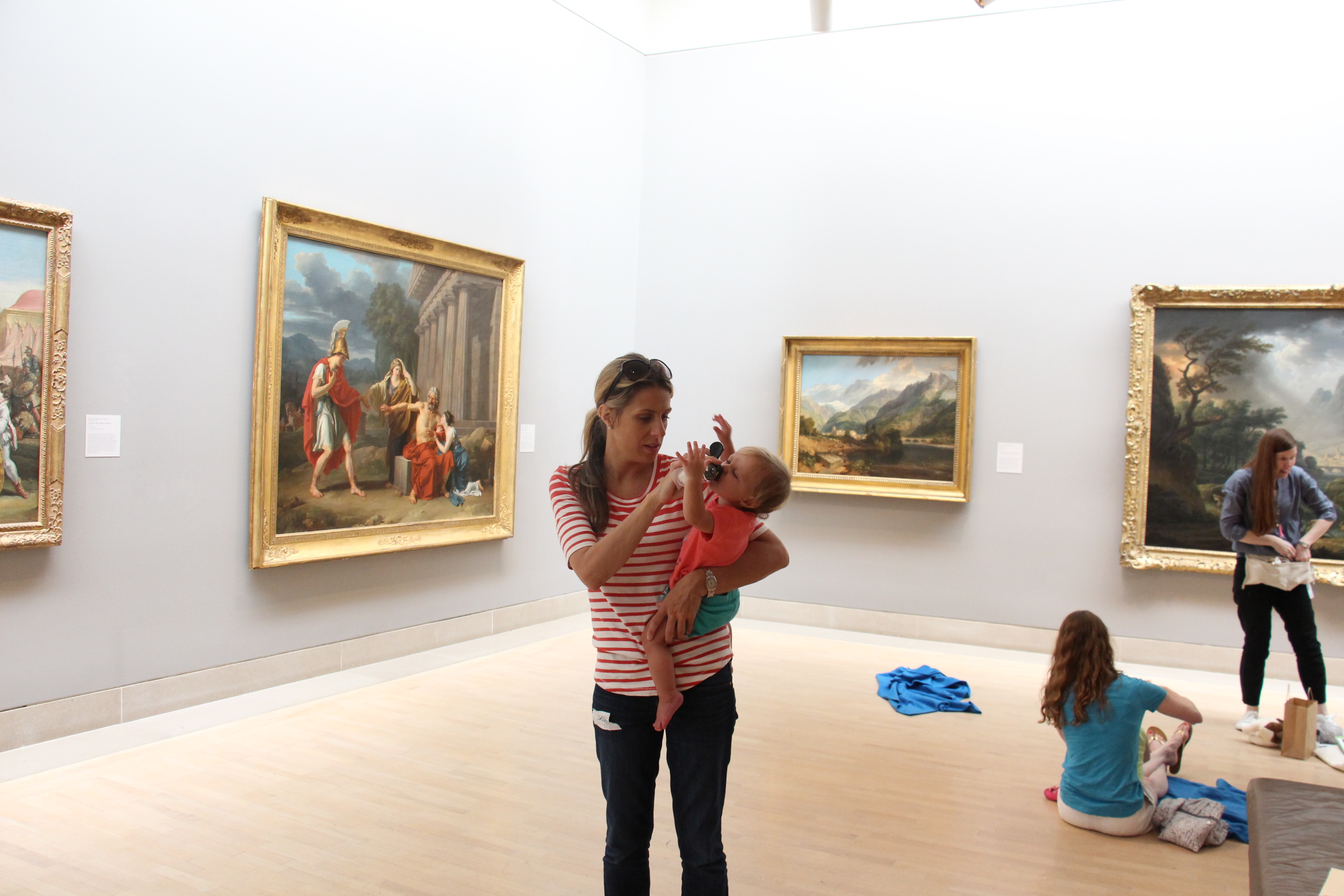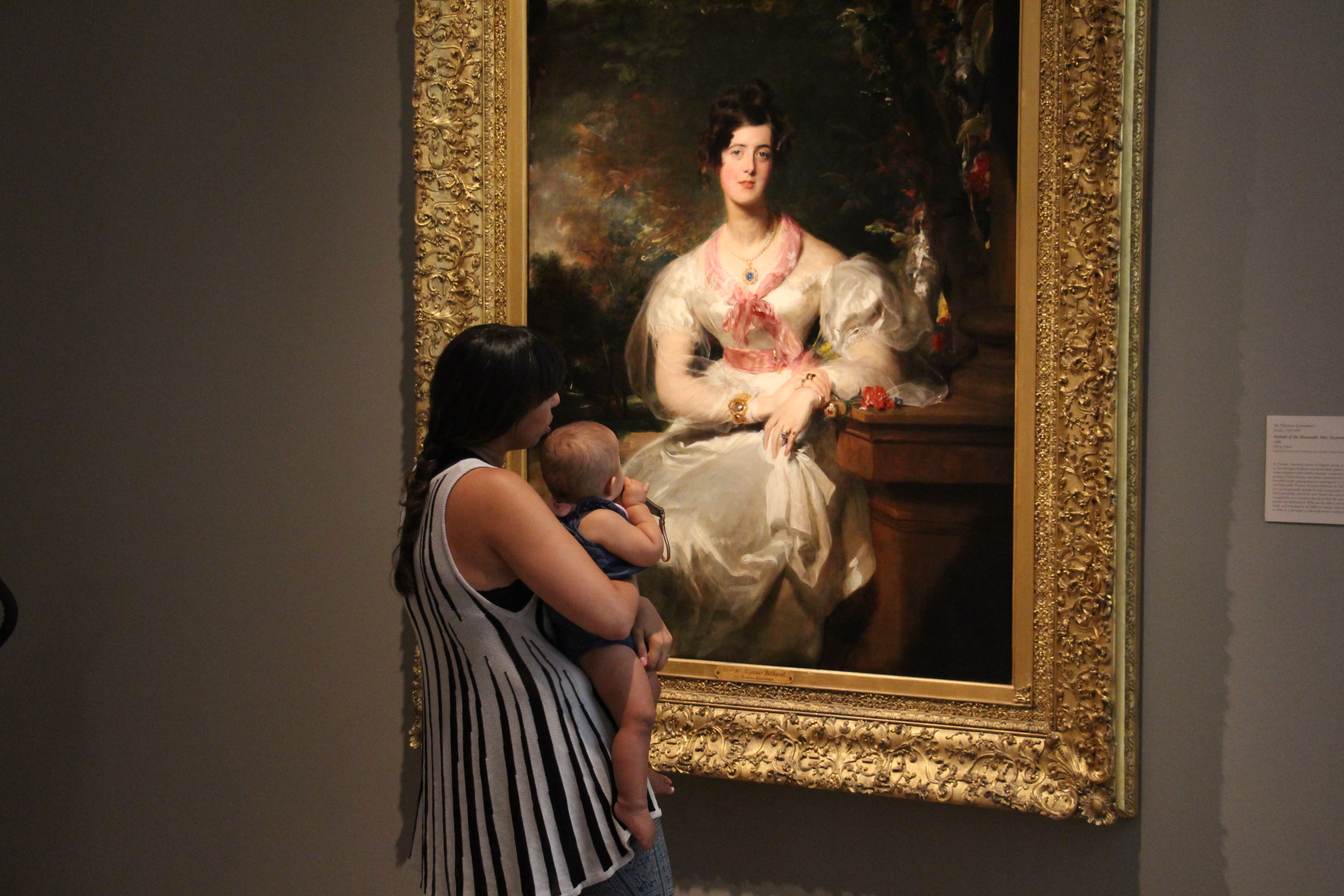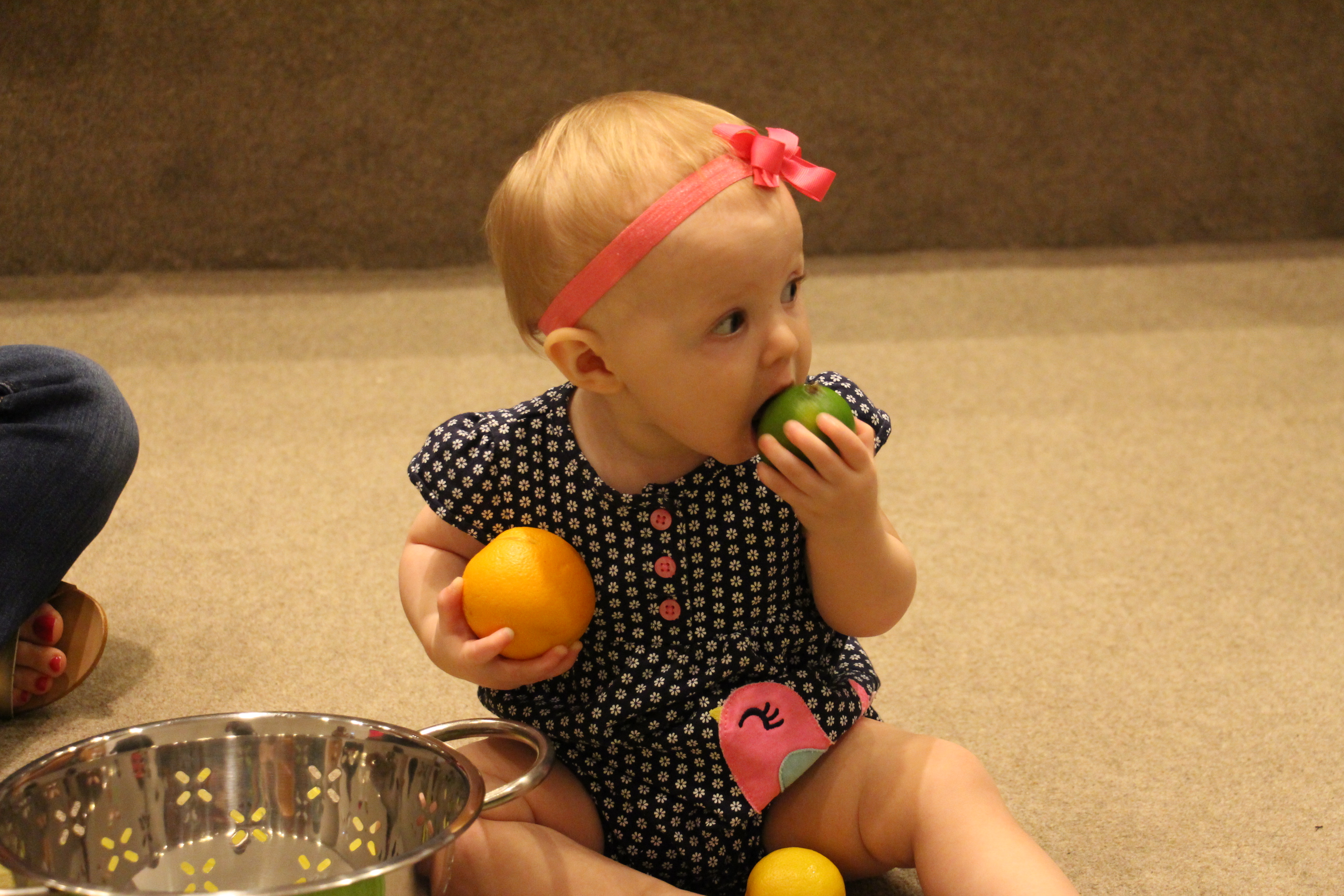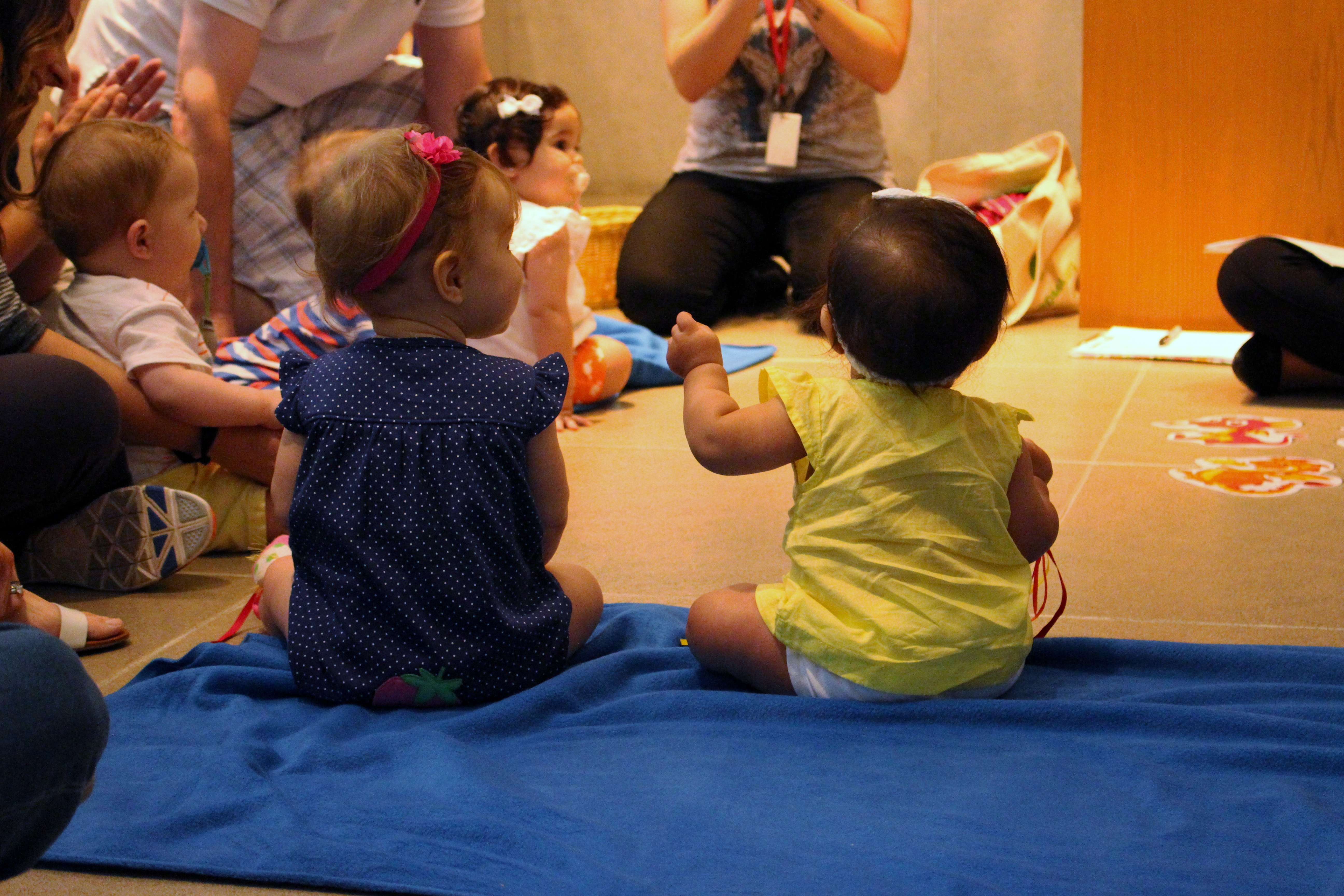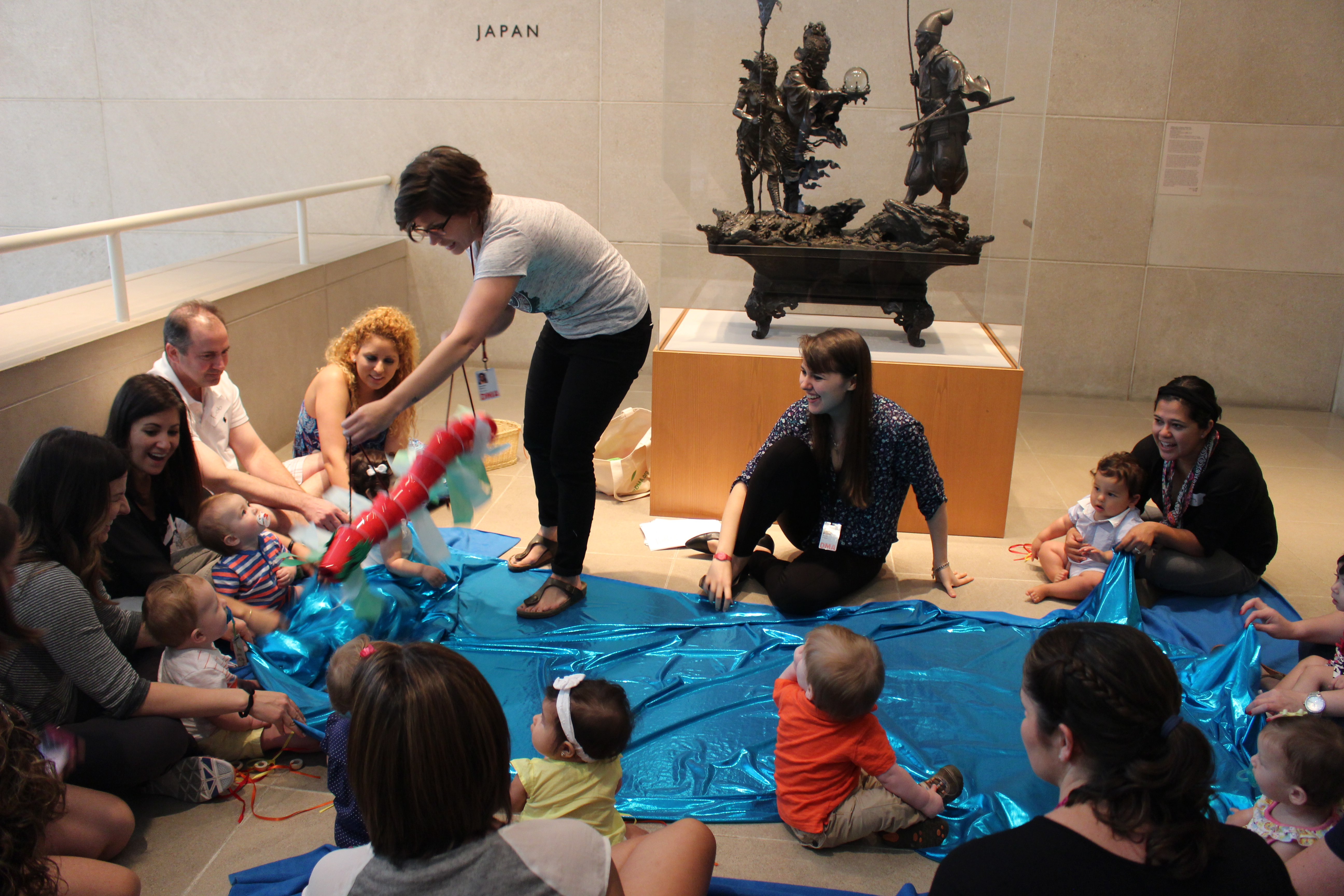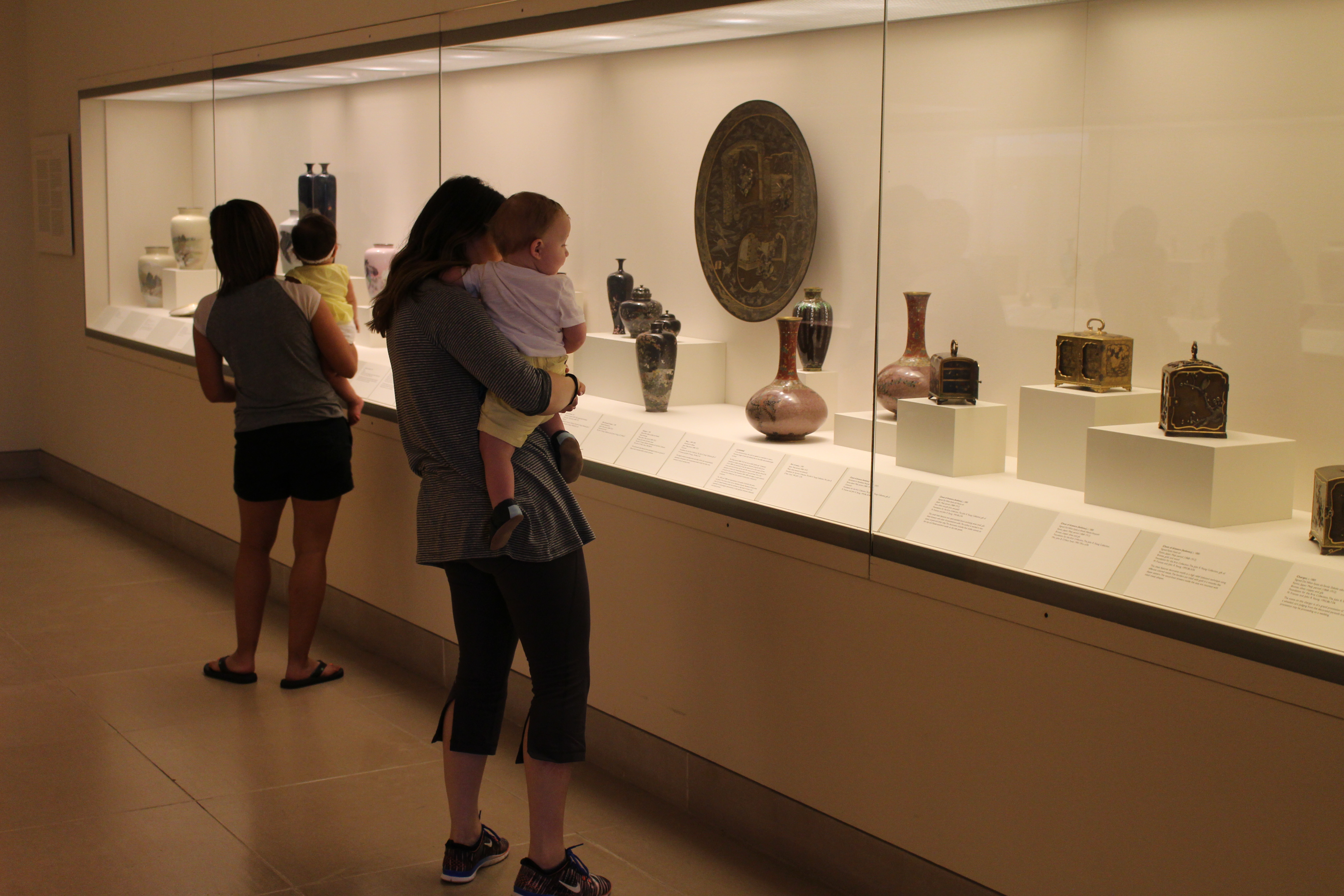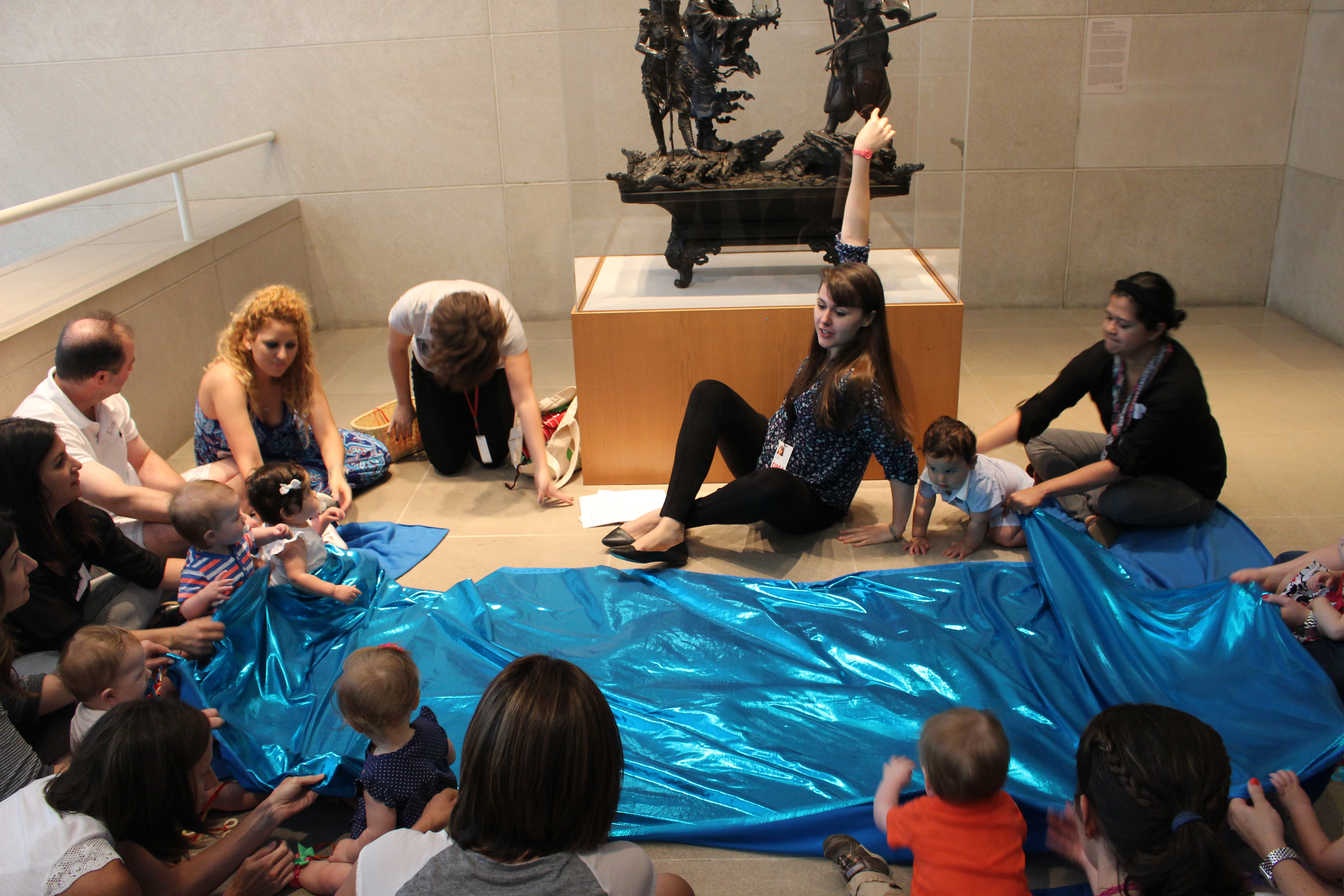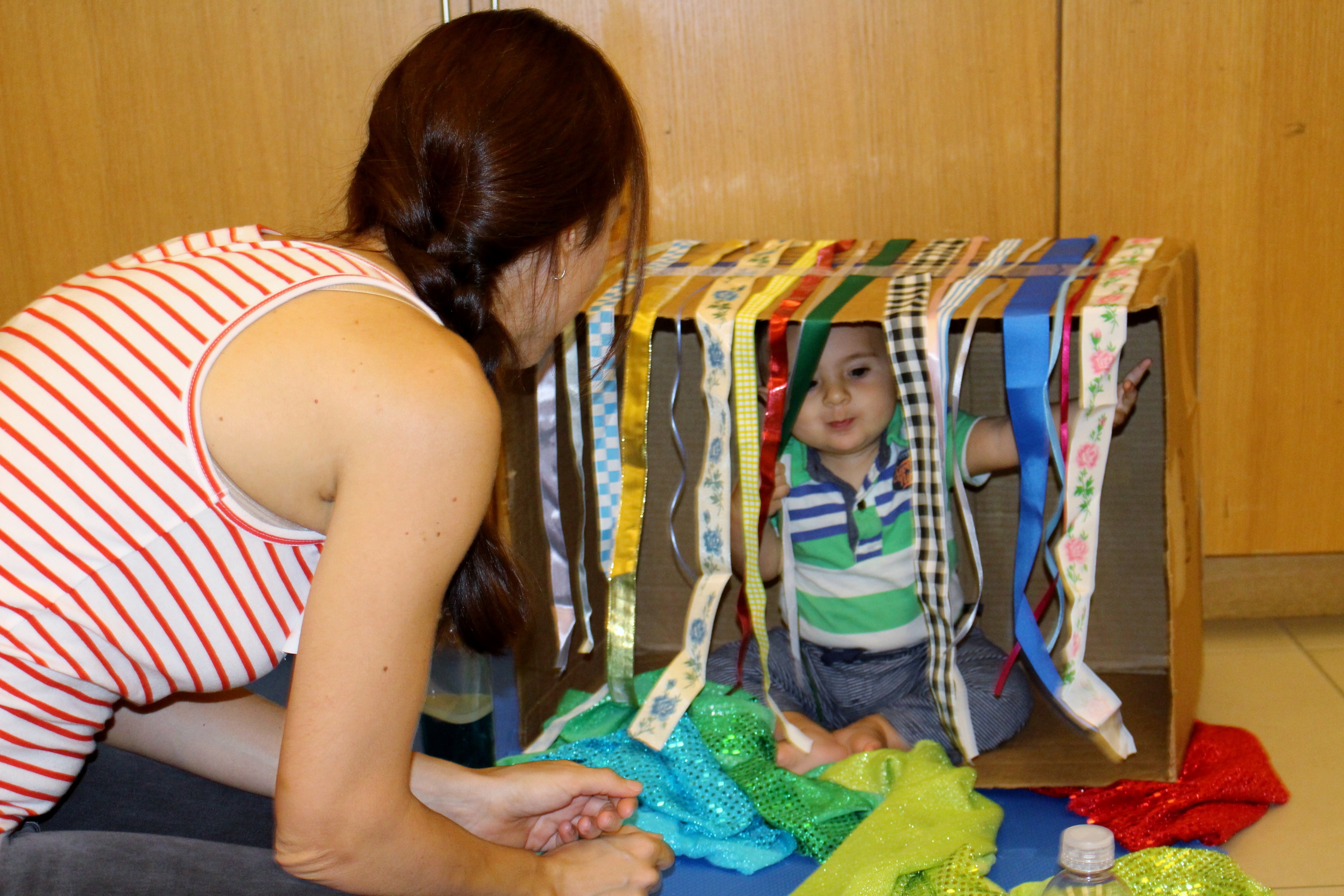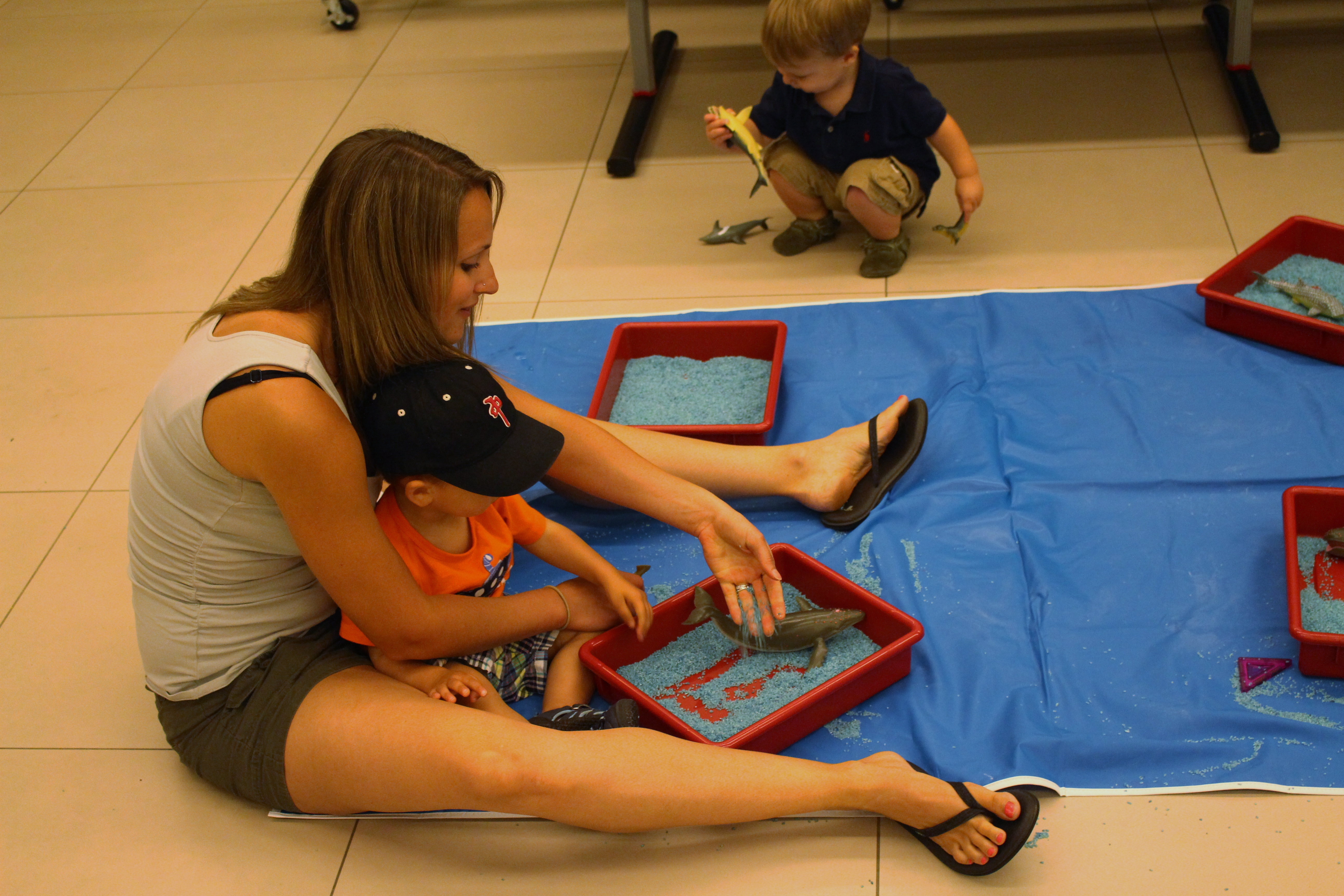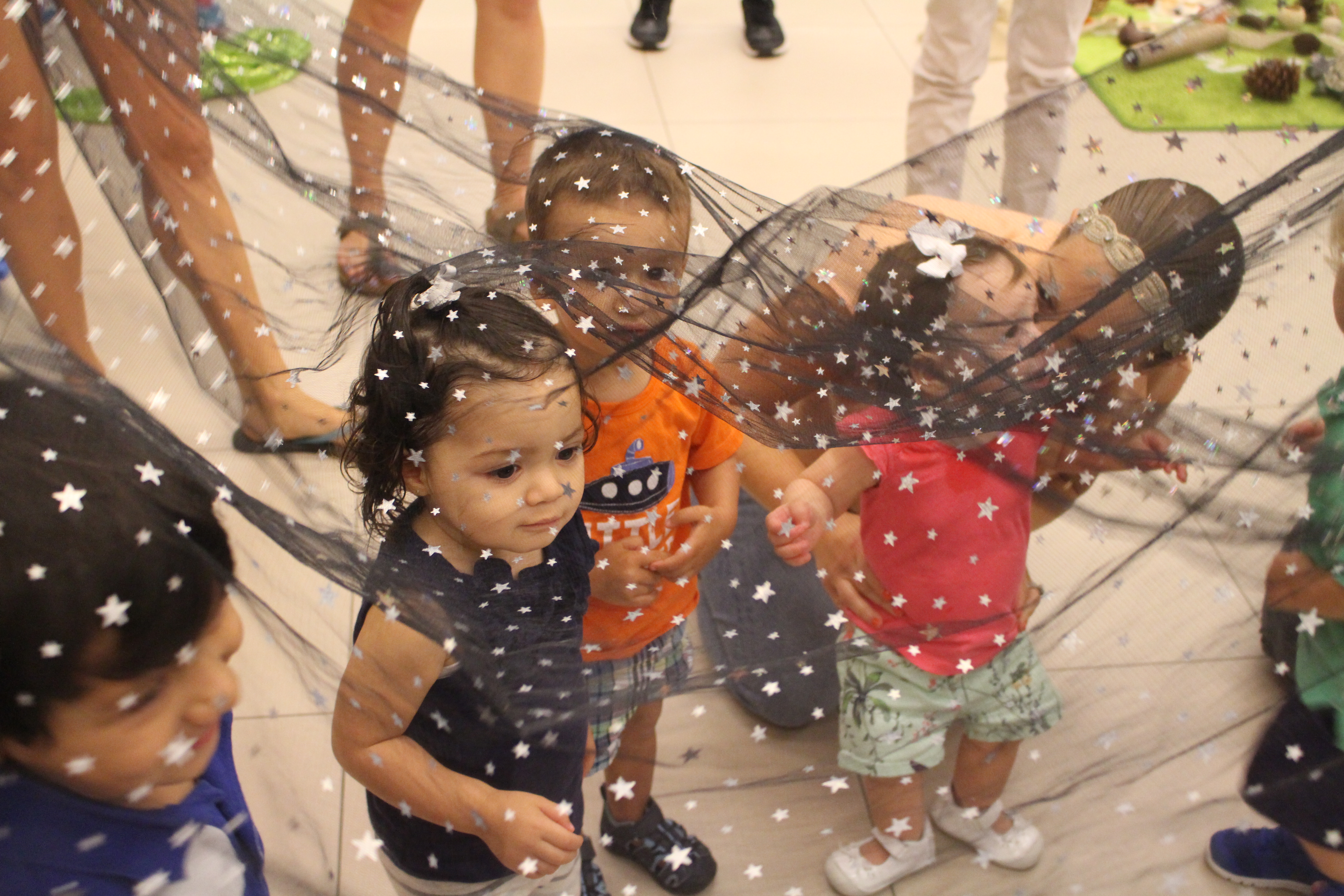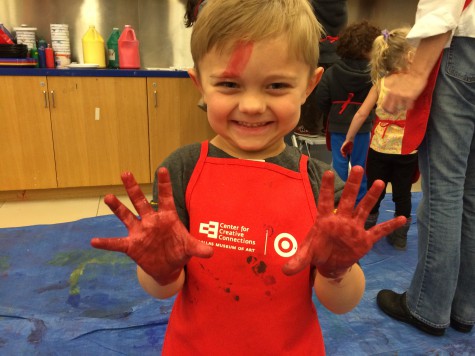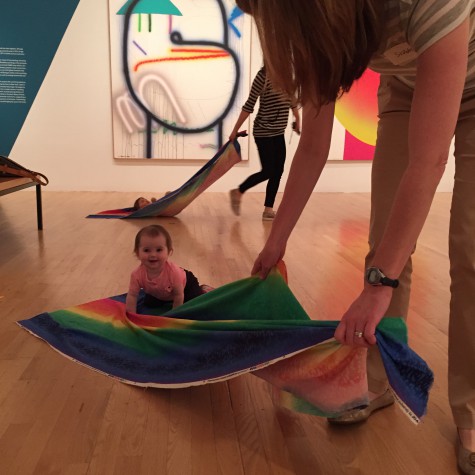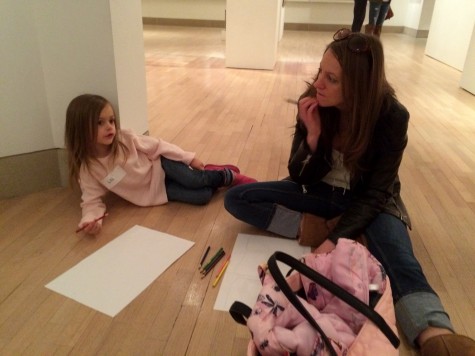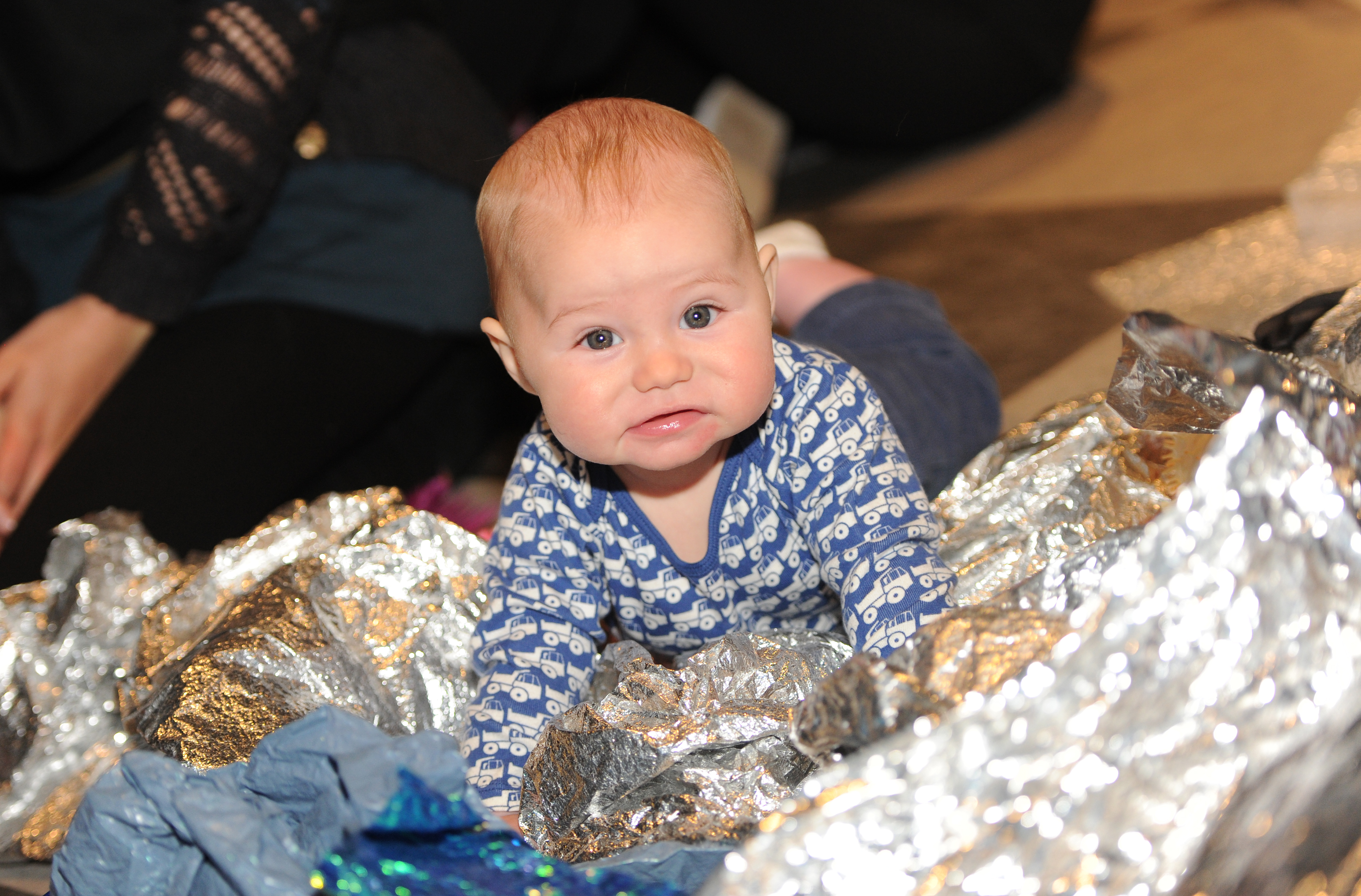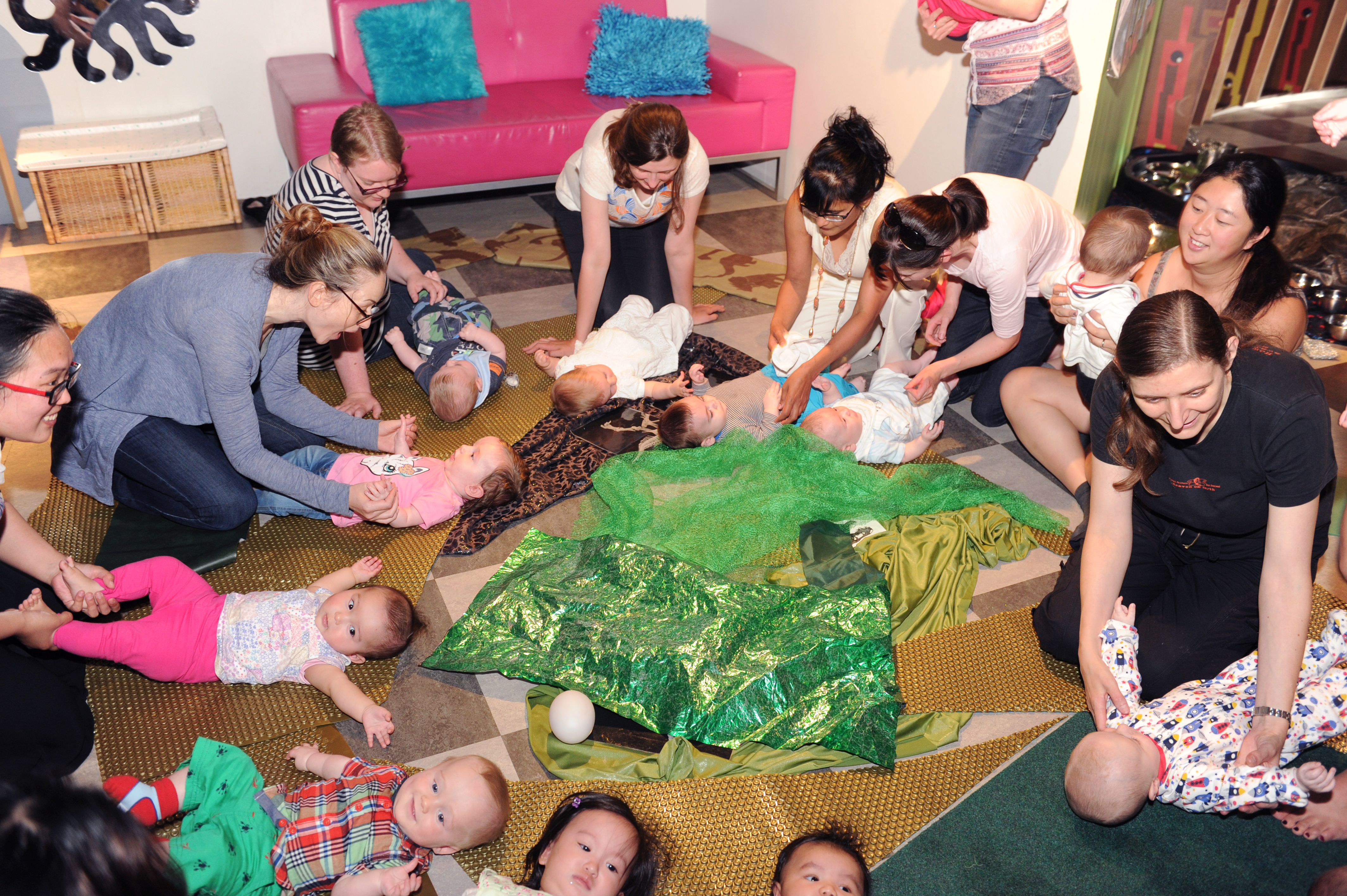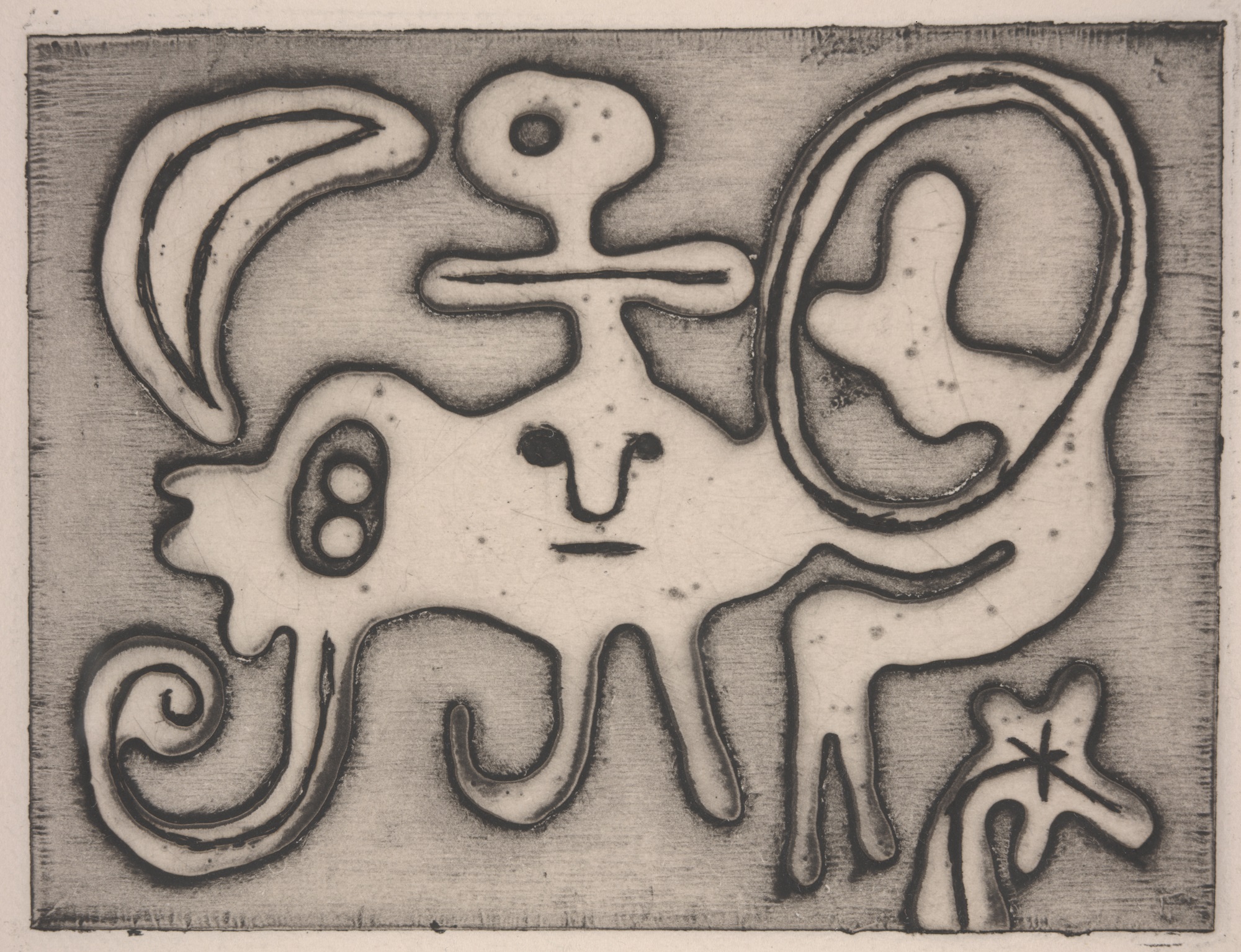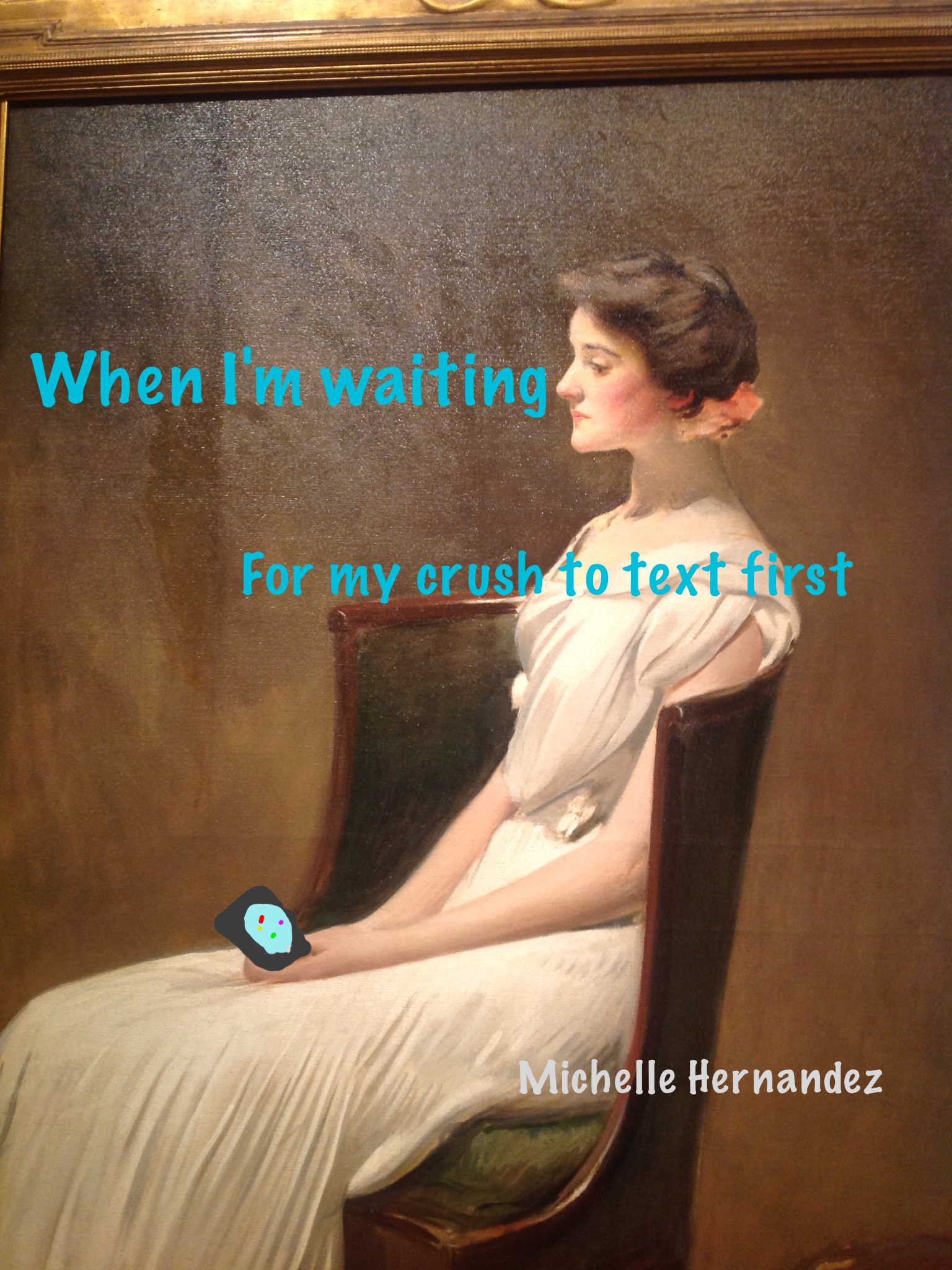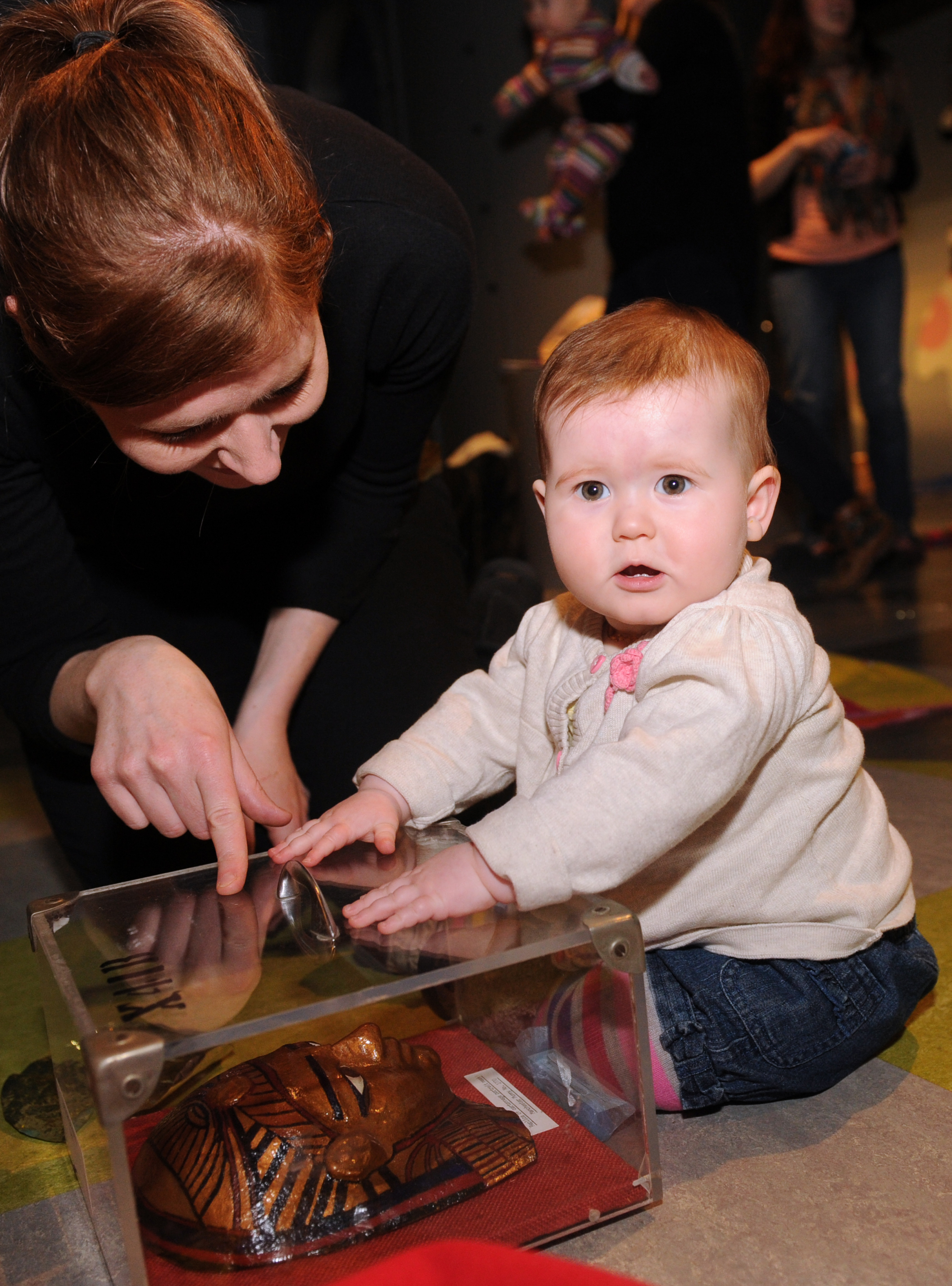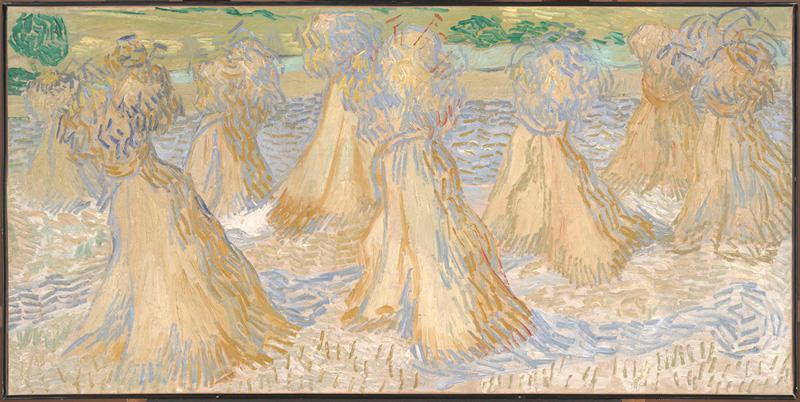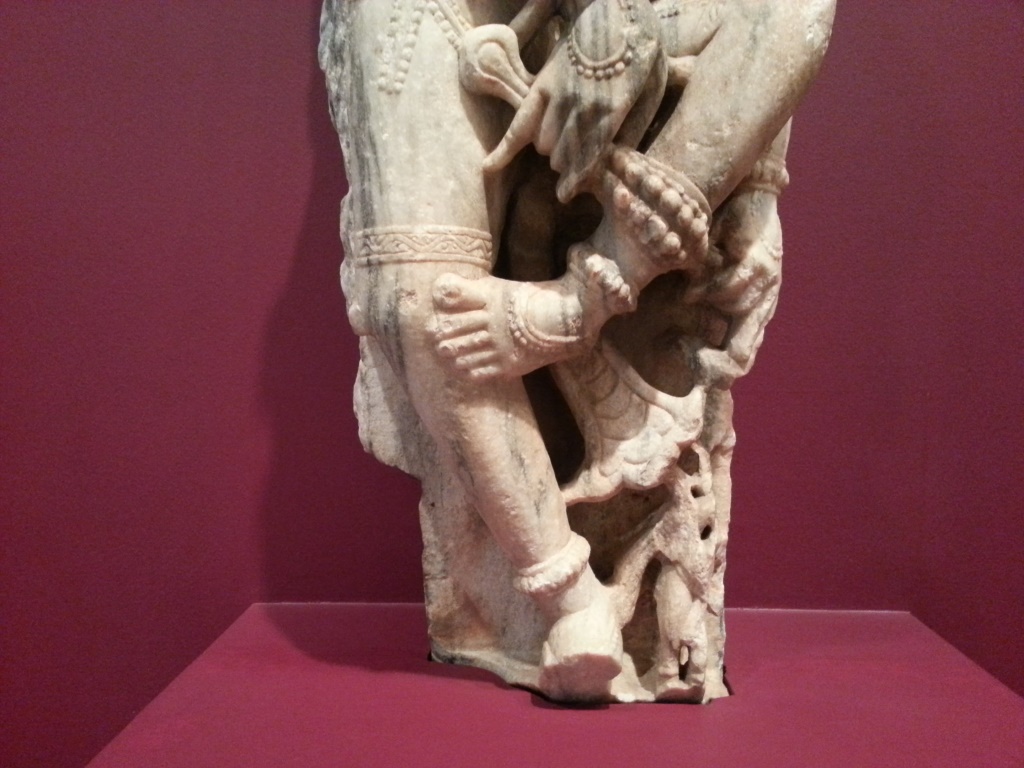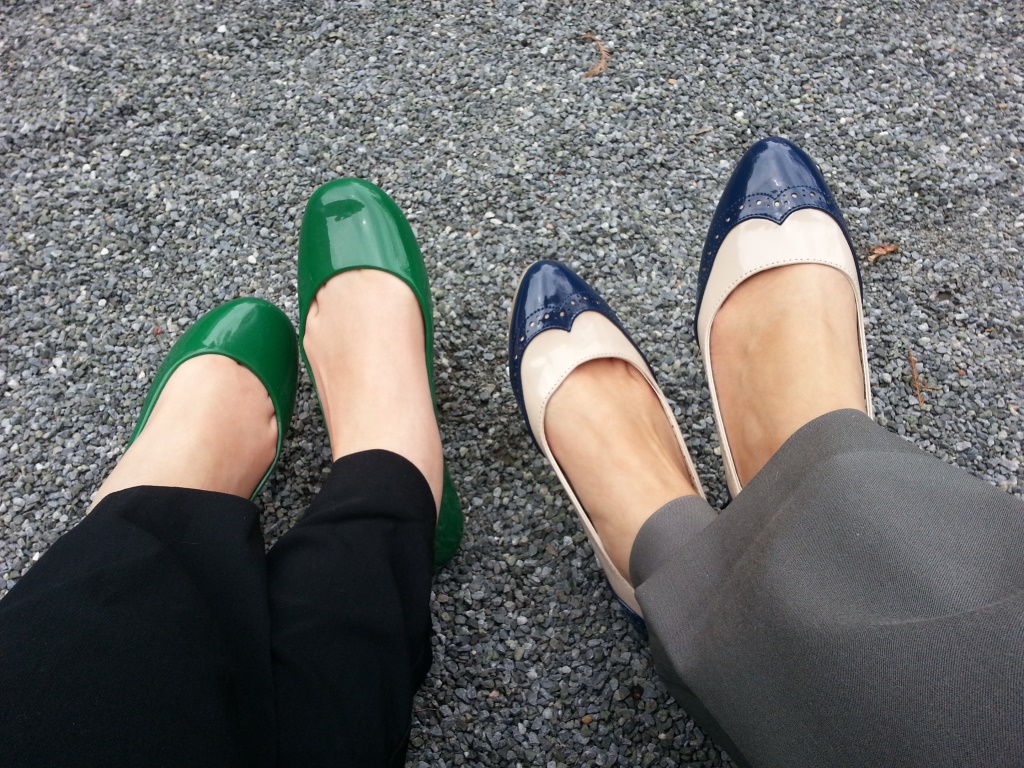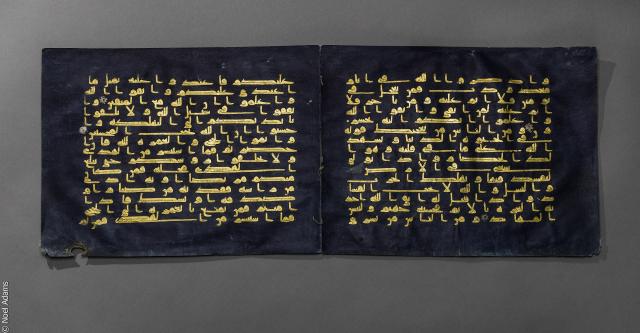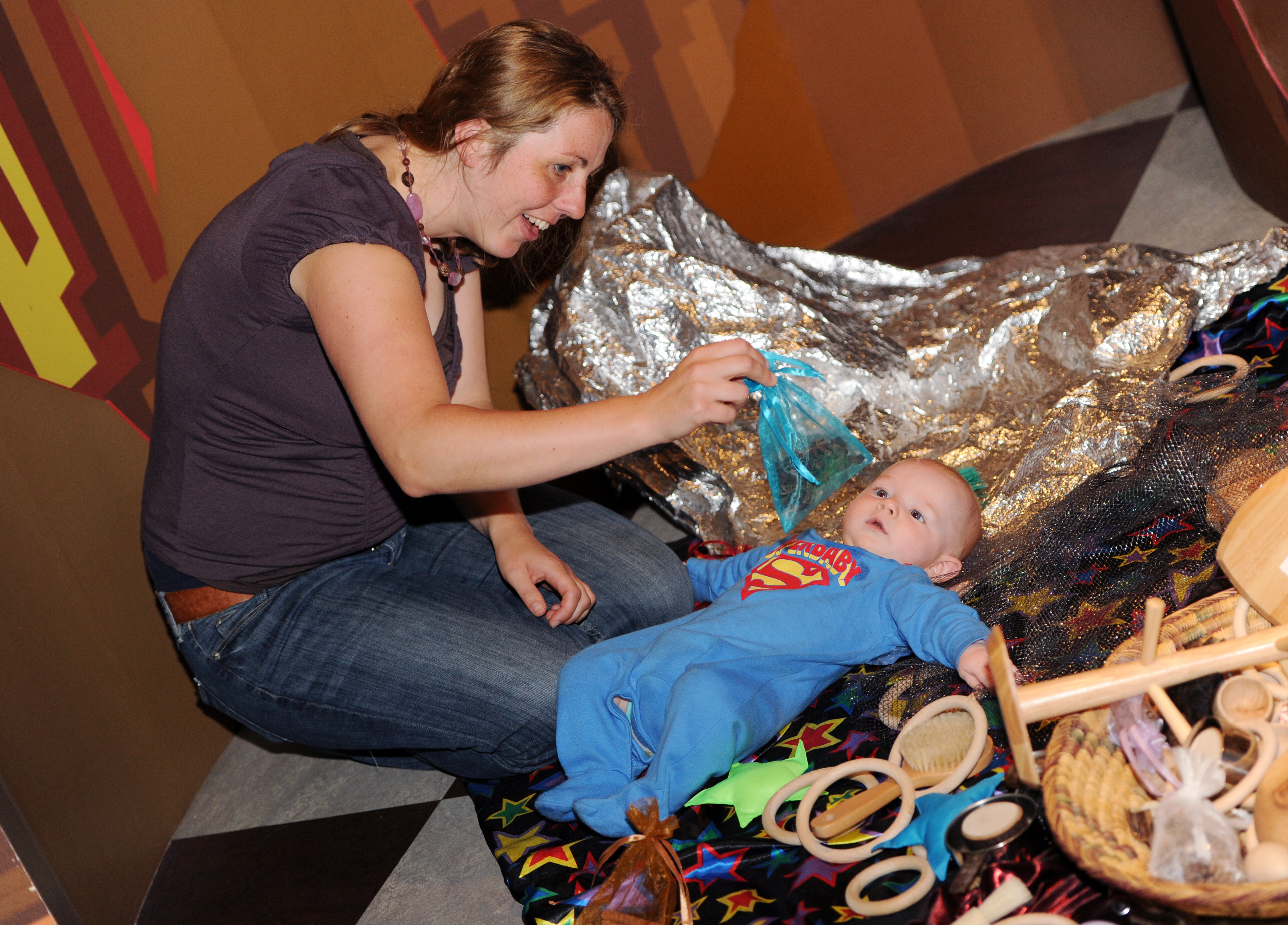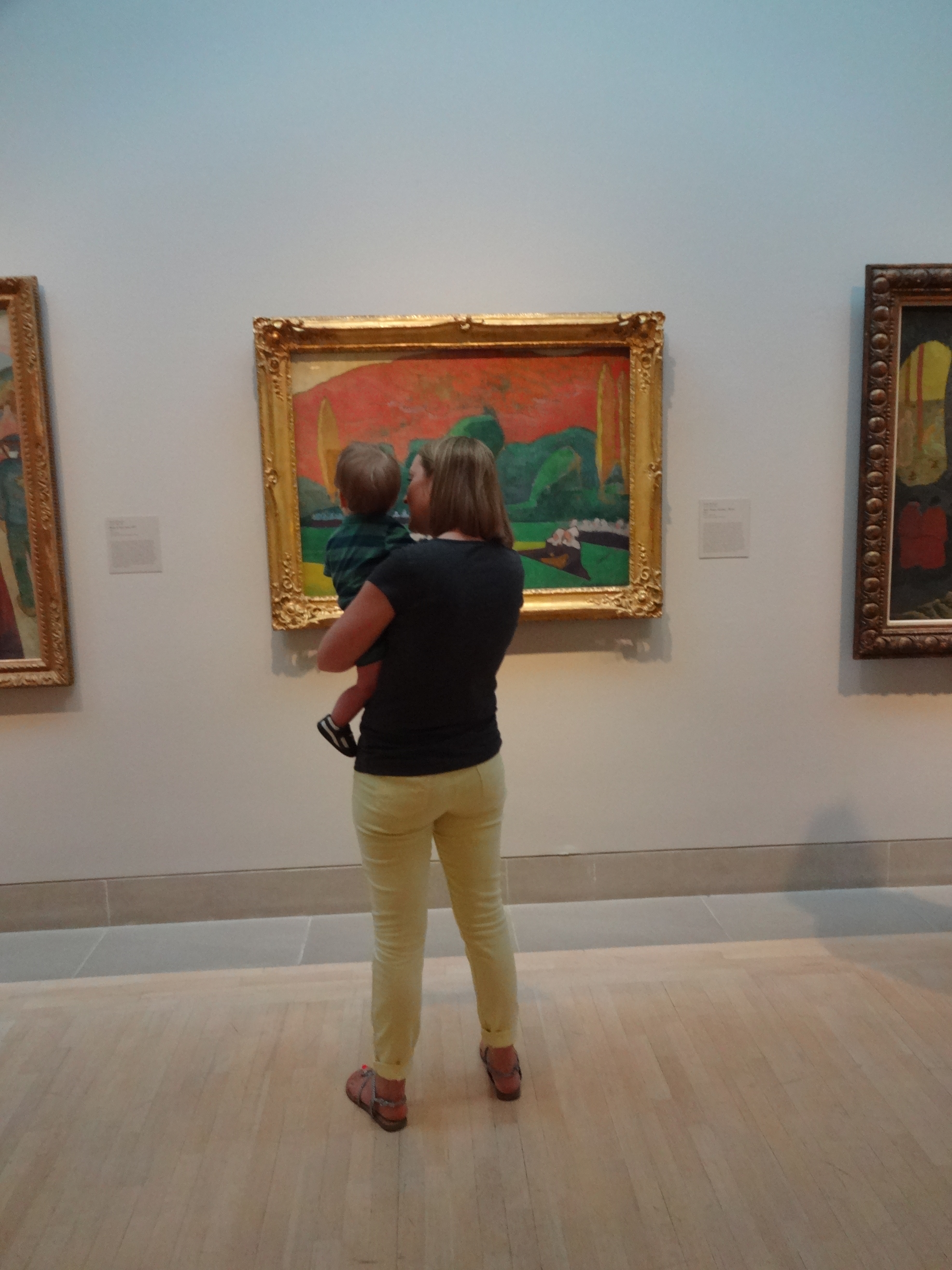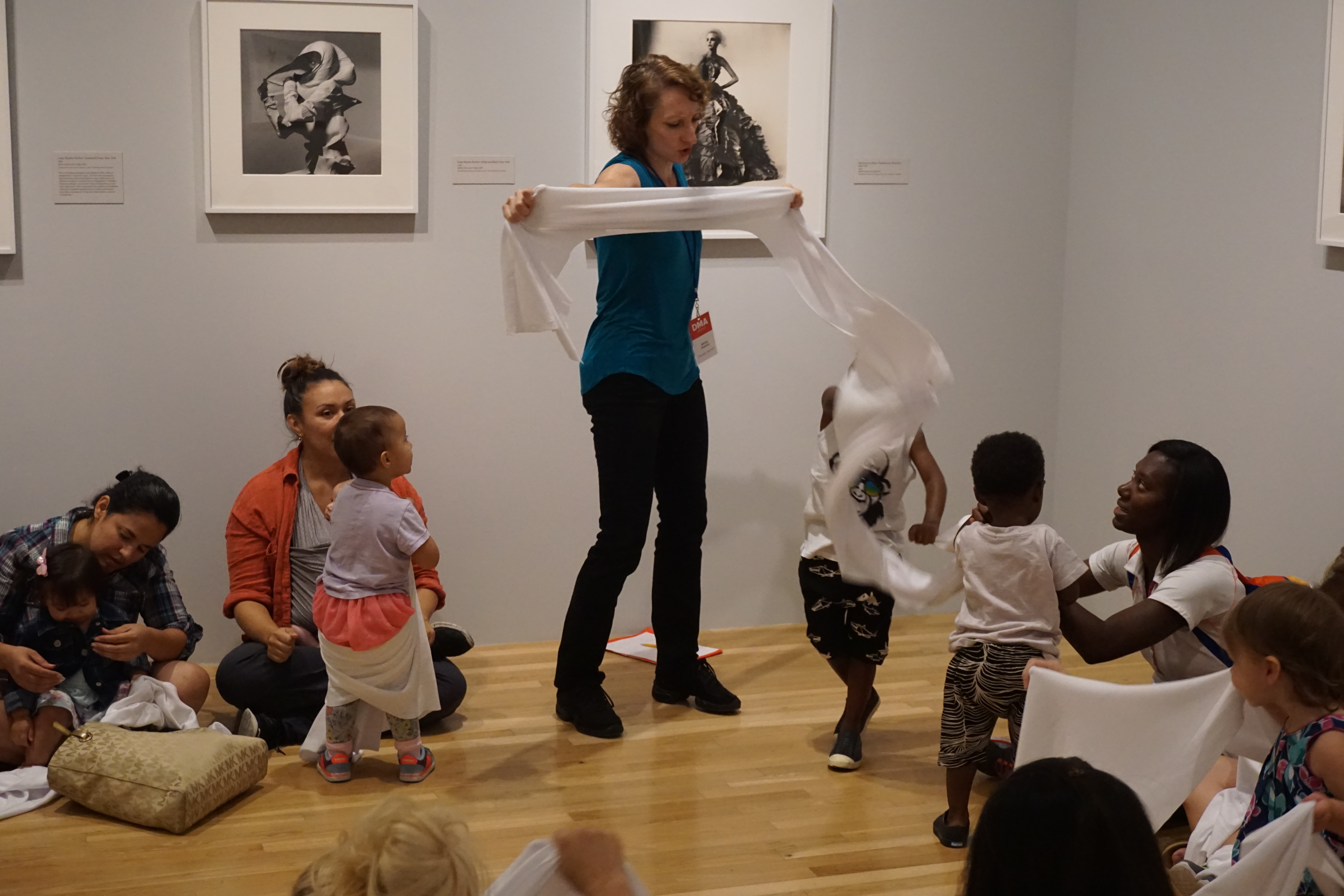
I first met dance instructor Misty Owens last summer when she partnered with some of my colleagues to present movement-based workshops for visitors with special needs here at the DMA. She brought pool noodles, scarves, inspiring music, and a mesmerizing grace into the galleries, and it was so fun to watch her work with our visitors.
This past spring, I saw her in action once again when she brought her Dance for Parkinson’s Disease class to the Museum for regular visits. Her ability to communicate ideas through movement and encourage even the least-coordinated person (me!) to attempt some dance moves in the galleries is inspiring. The culminating performance for Misty’s Dance for PD group just happened to fall on the same day as a Toddler Art class I taught. As the children trickled out of our classroom space after class, they literally stumbled upon the dance group’s dress rehearsal. The toddlers were mesmerized! They spontaneously sat down on the carpet and became an impromptu audience as the dancers practiced their steps. There were huge smiles (on both the toddlers’ and the performers’ faces), and it sparked an idea—what would it be like to have Misty work with our littlest visitors?
Lucky for me, Misty is willing to try just about everything, and earlier this month, she was at the DMA once more, this time as a special guest teacher for the Art Babies class. The Irving Penn: Beyond Beauty exhibition served as our inspiration, and Misty led caregivers and babies in a lively exploration of Penn’s photography through movement.
- Irving Penn, Issey Miyake Fashion: White and Black, 1990, Smithsonian American Art Museum, gift of The Irving Penn Foundation
We began by looking at Issey Miyake Fashion: White and Black. Misty and I were both taken by the fabric and thought that the peek-a-boo playfulness to the image seemed to be begging for some baby dance moves! Using lengths of stretchy white fabric, we experimented with making shapes with our bodies, played peek-a-boo, and created living sculptures around the babies. One little guy could not stop giggling as his mother wrapped him and unwrapped him in the fabric, surprising him with silly faces.
- Irving Penn, Frozen Foods, 1977, Smithsonian American Art Museum, gift of The Irving Penn Foundation
For our next stop, we took a closer look at Frozen Foods (one of my personal favorites from the show!) This time, Misty focused our attention on the different textures in the photo—we noticed the long, straight shoots of asparagus, the rounded pops of frozen berries, and the crackling frozen lentils. Using pool noodles, shakers, and maracas, the babies and parents created their own soundscape for the photo, and moved and danced in rhythm to bouncy melodies. It was a ruckus, but so much fun!
I loved watching the parents and children experience the art in an entirely new way. When the music came on, the babies couldn’t seem to help themselves, and their little legs and arms would start bopping in time to the music. Parents were all smiles and gave themselves permission to be silly as we jumped and reached and swooshed around the galleries. And for me personally as an educator, Misty helped me to approach these works of art with a new eye and gain an even greater appreciation for Penn’s artistry and talent. I noticed textures, shapes, movement, and stillness where I hadn’t really seen them before.
Lesson learned—a little dance is good for everyone, no matter how big or small!
Leah Hanson
Manager of Family and Early Learning Programs
